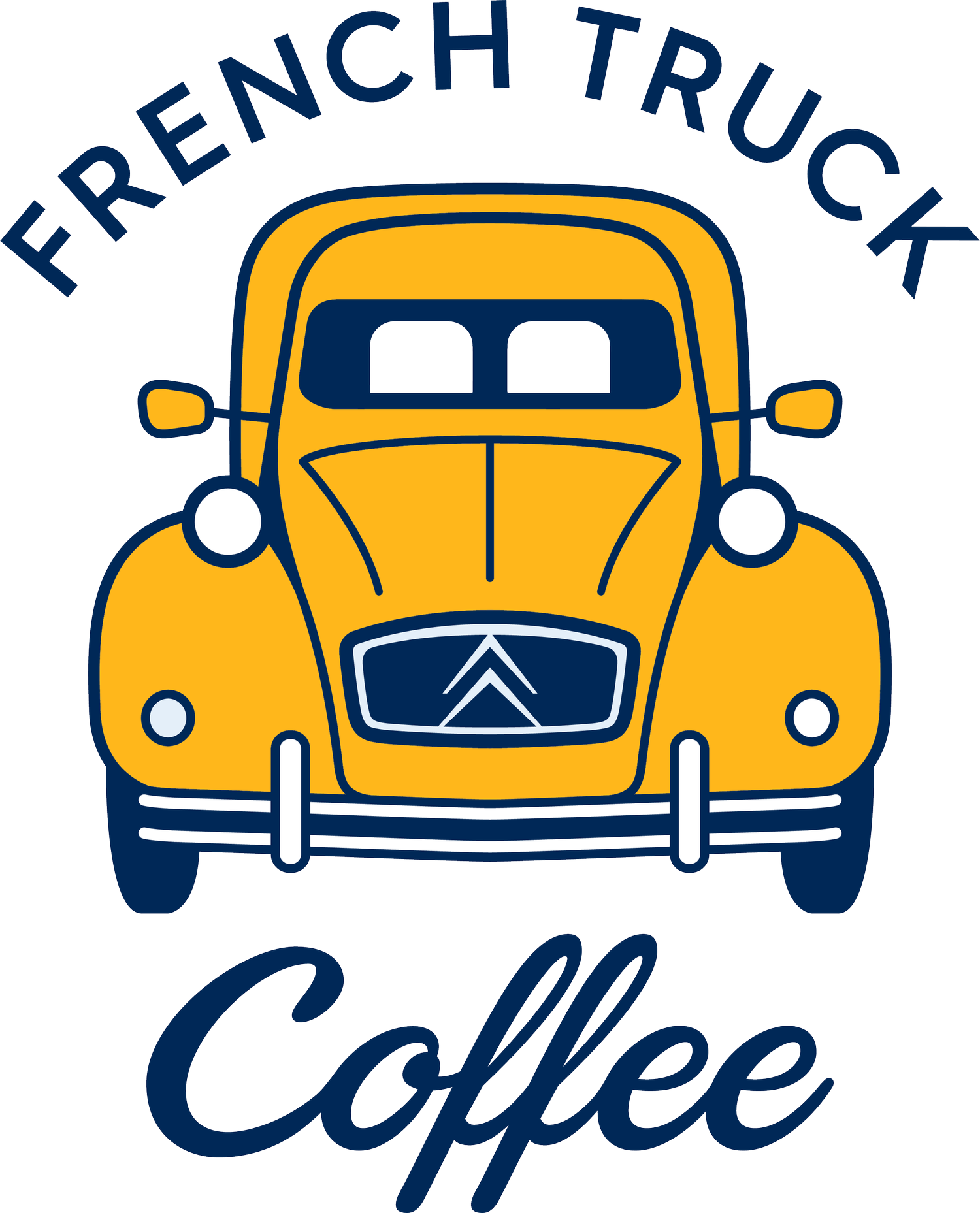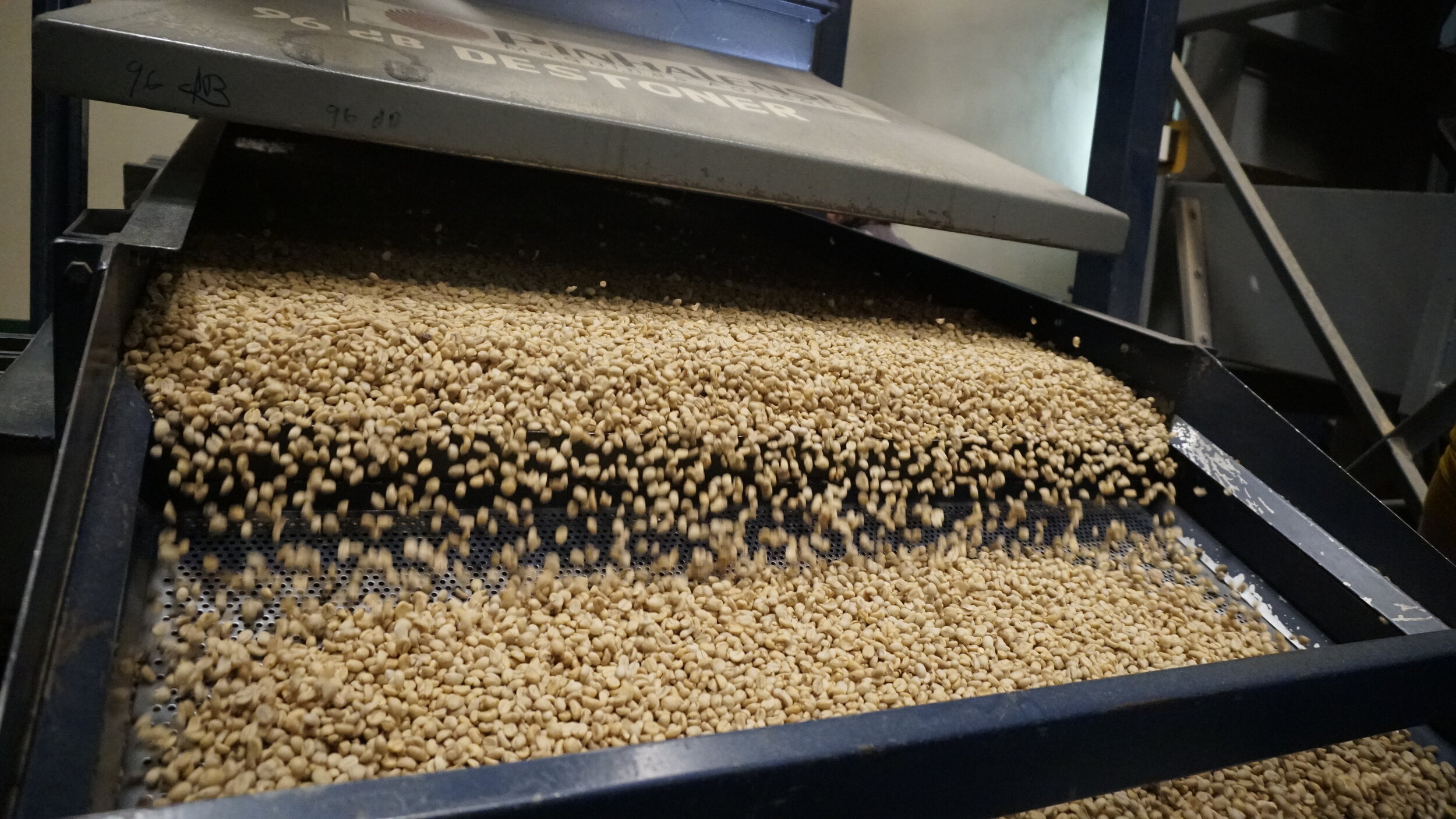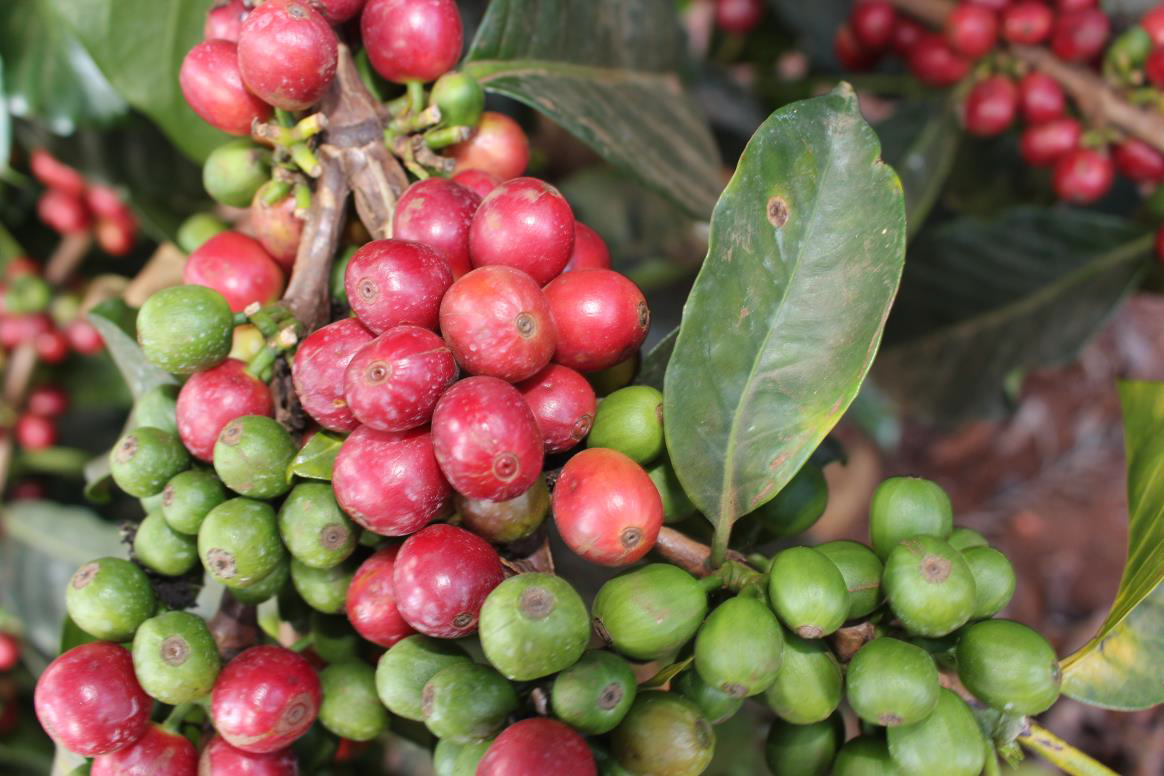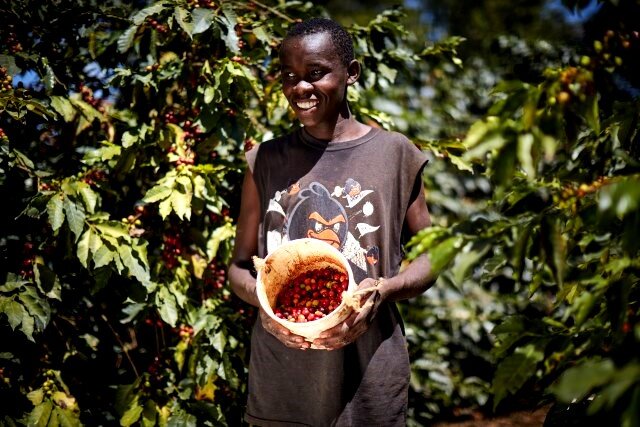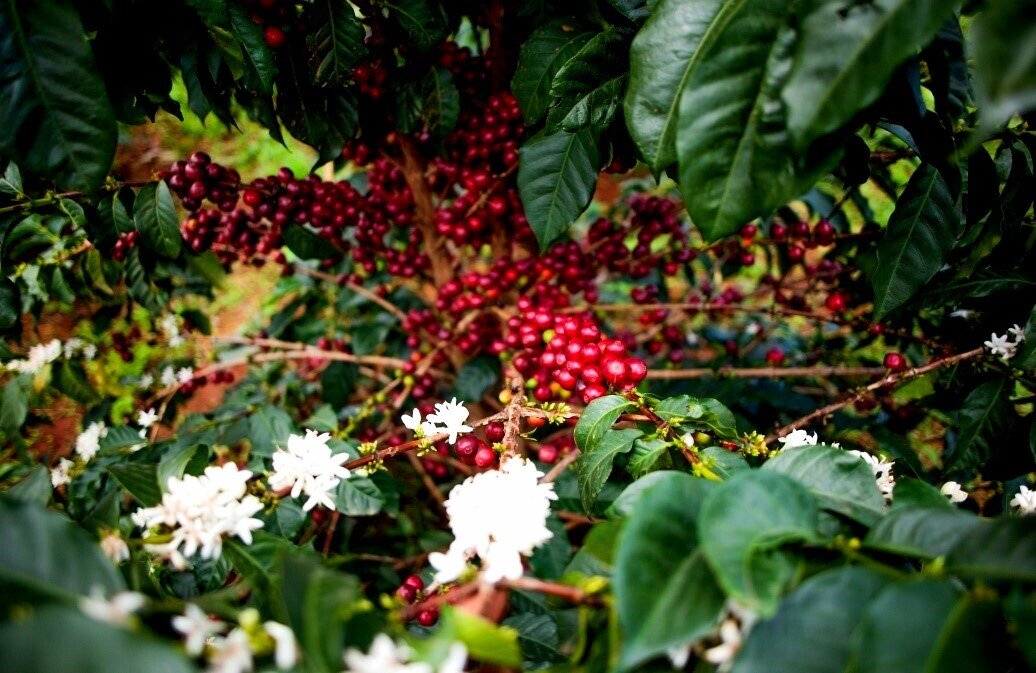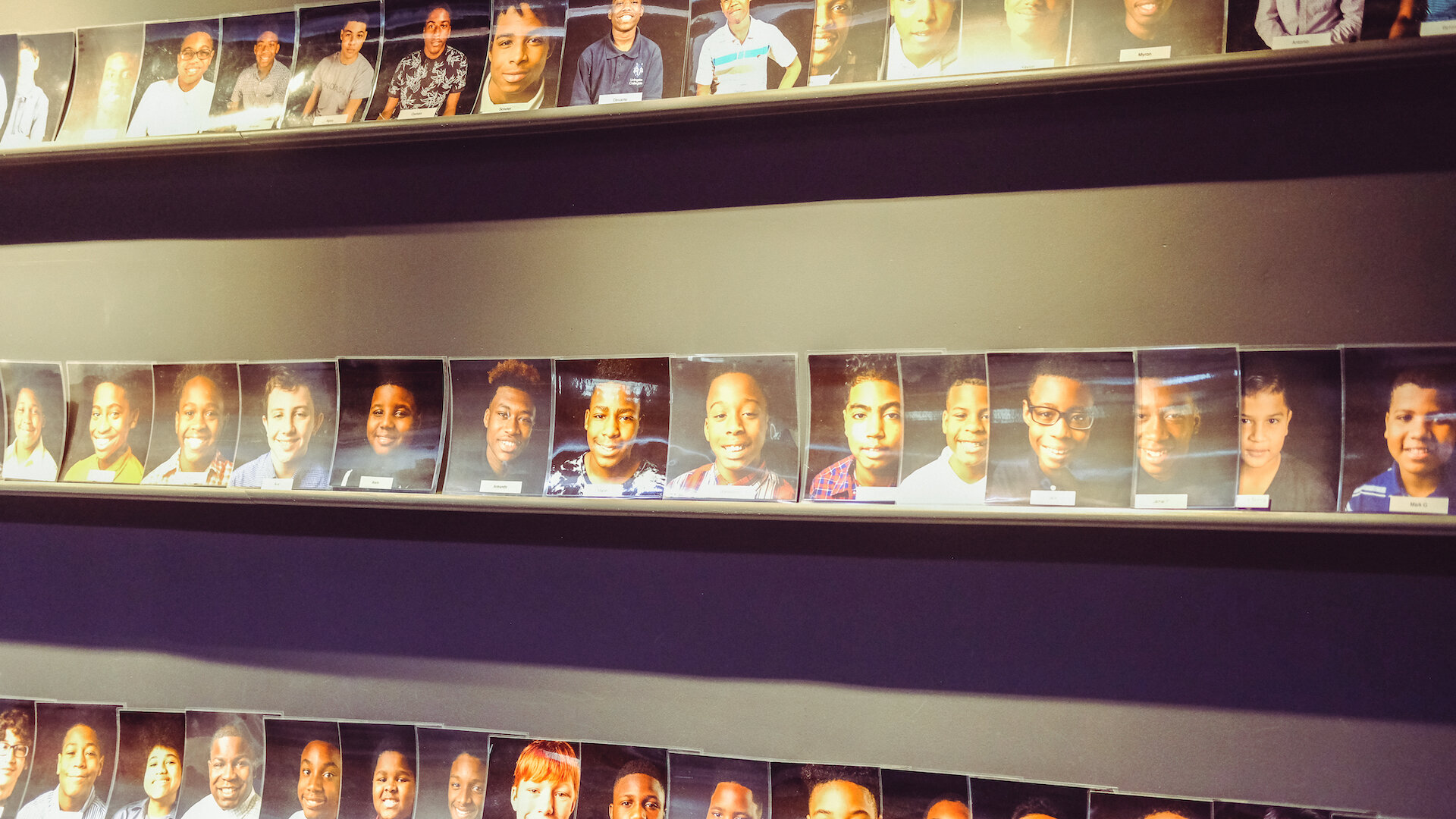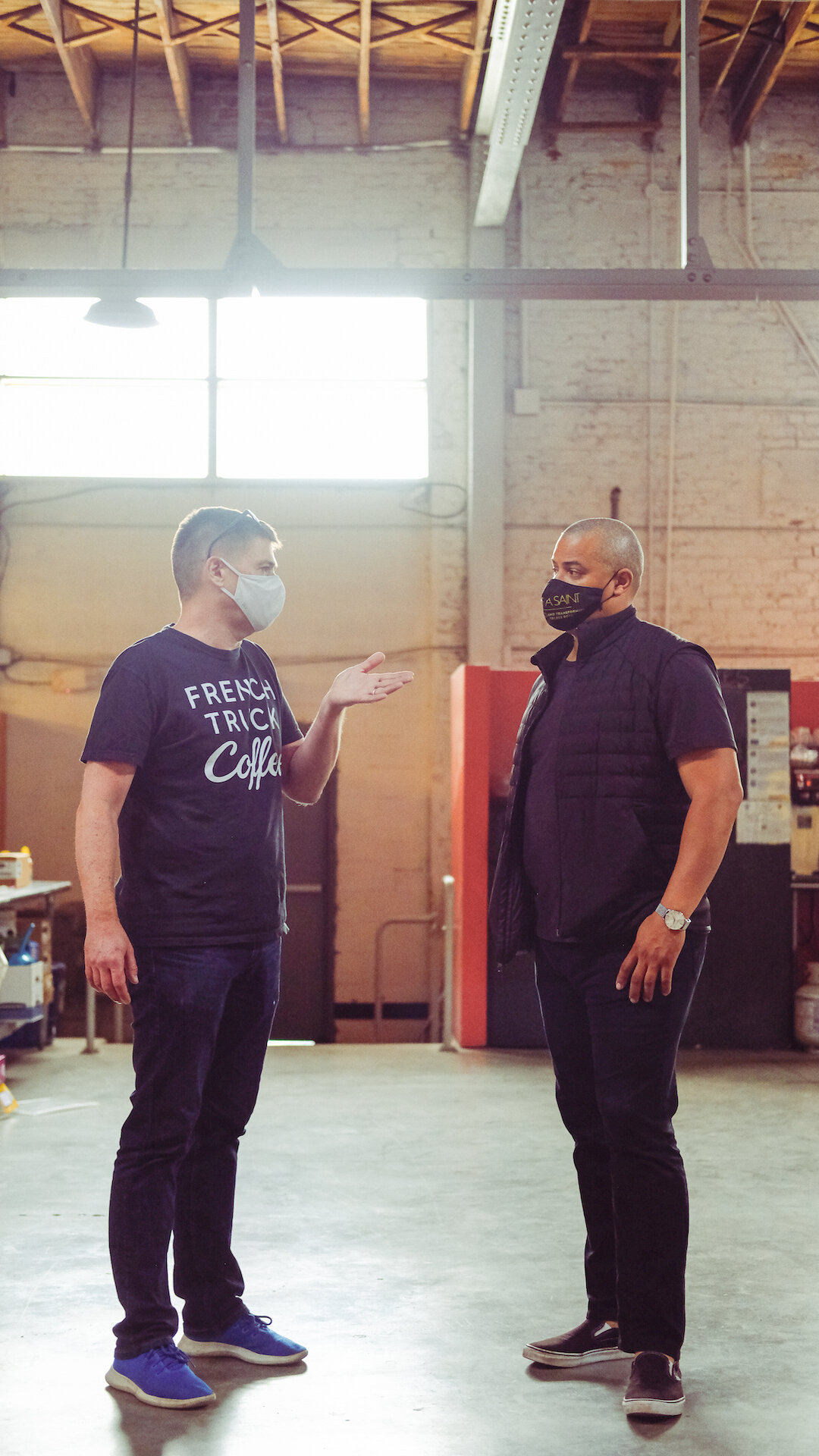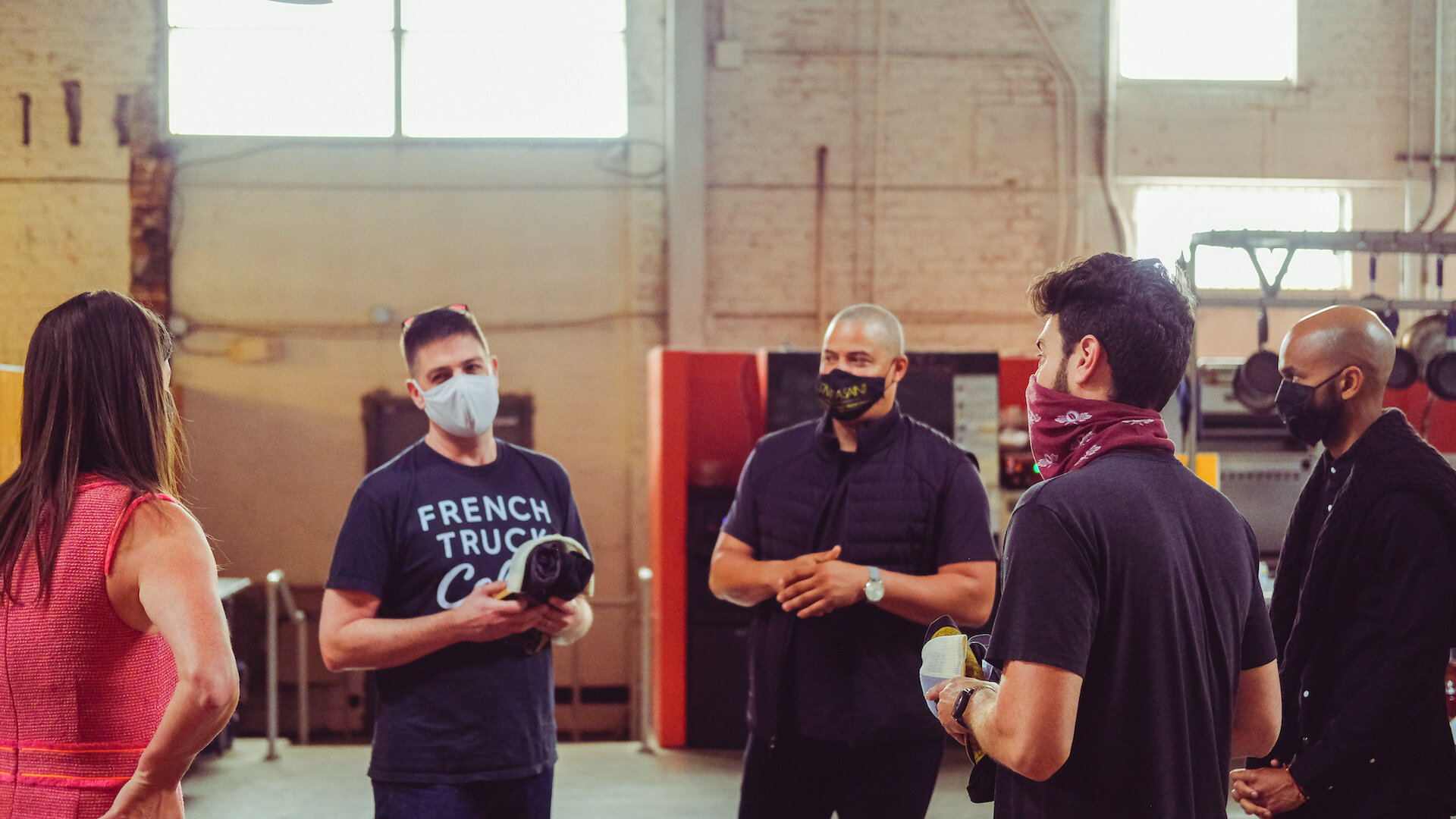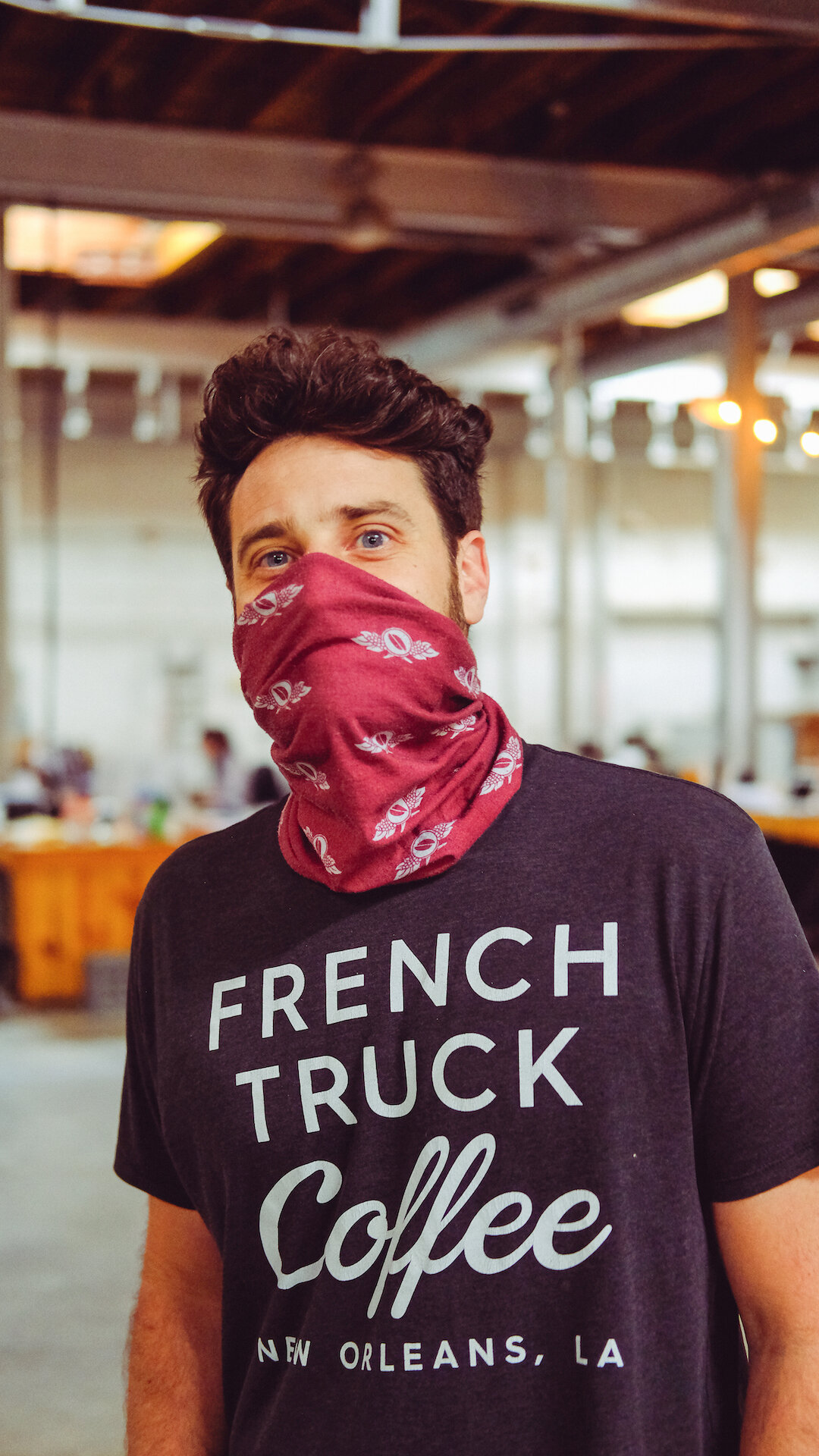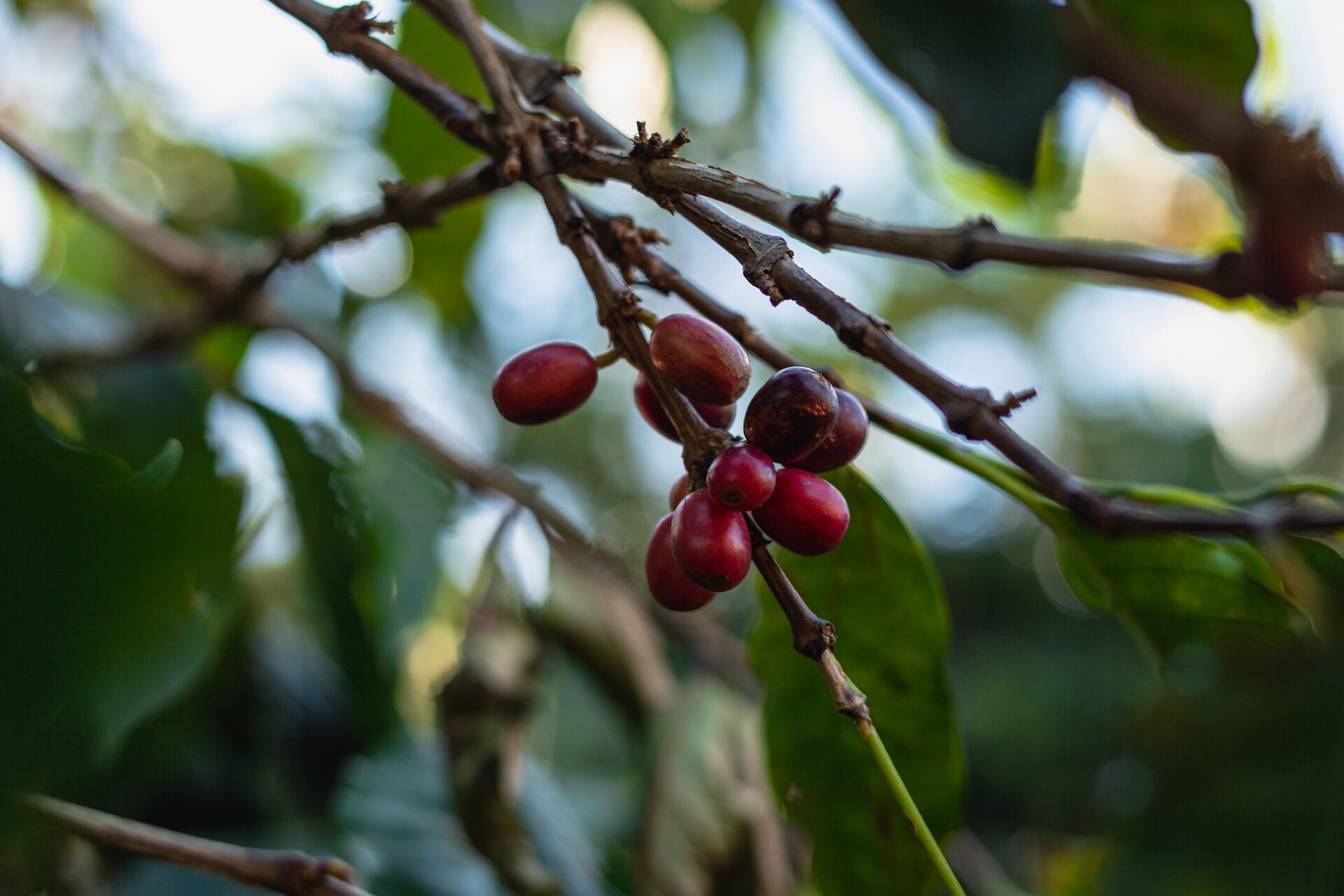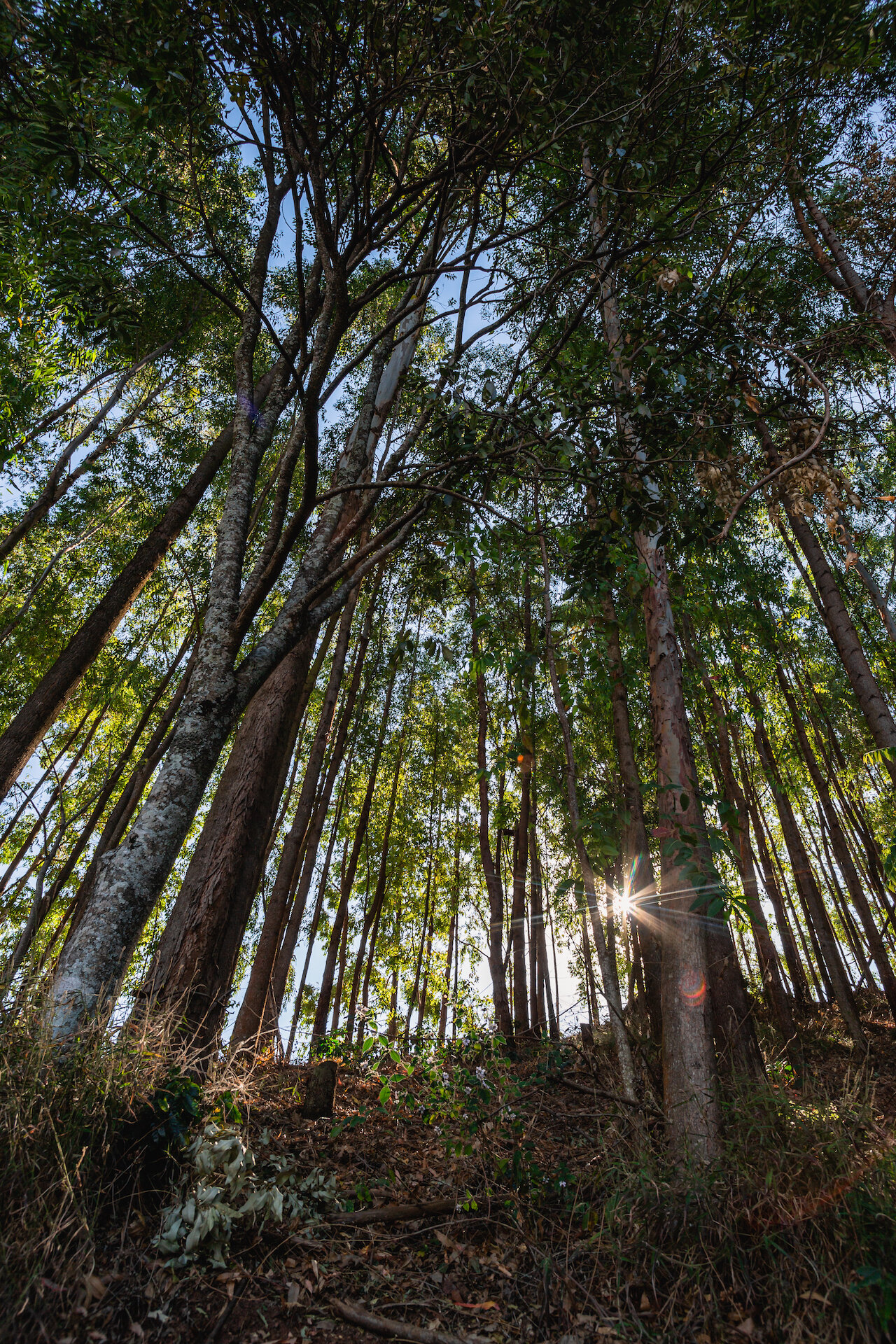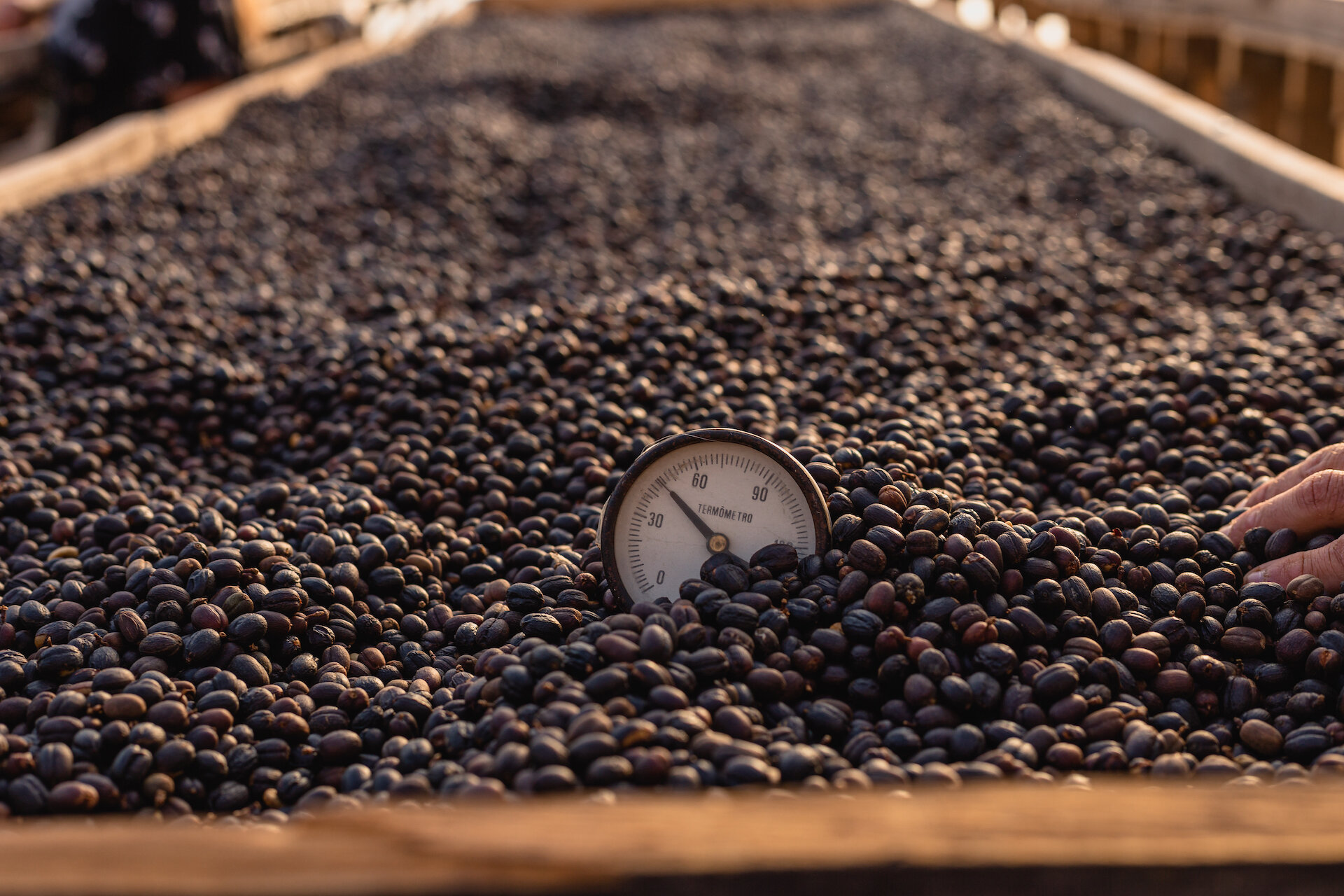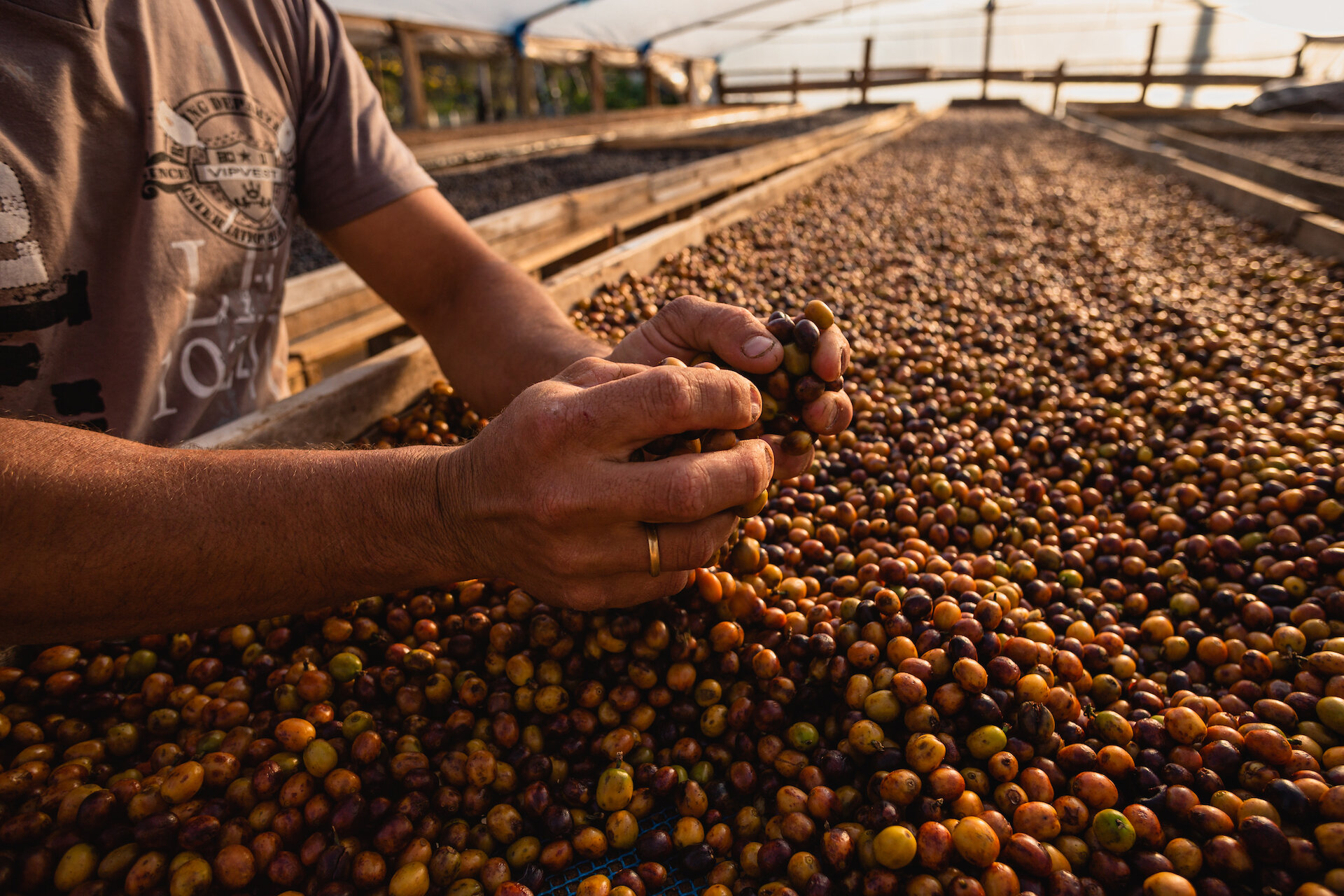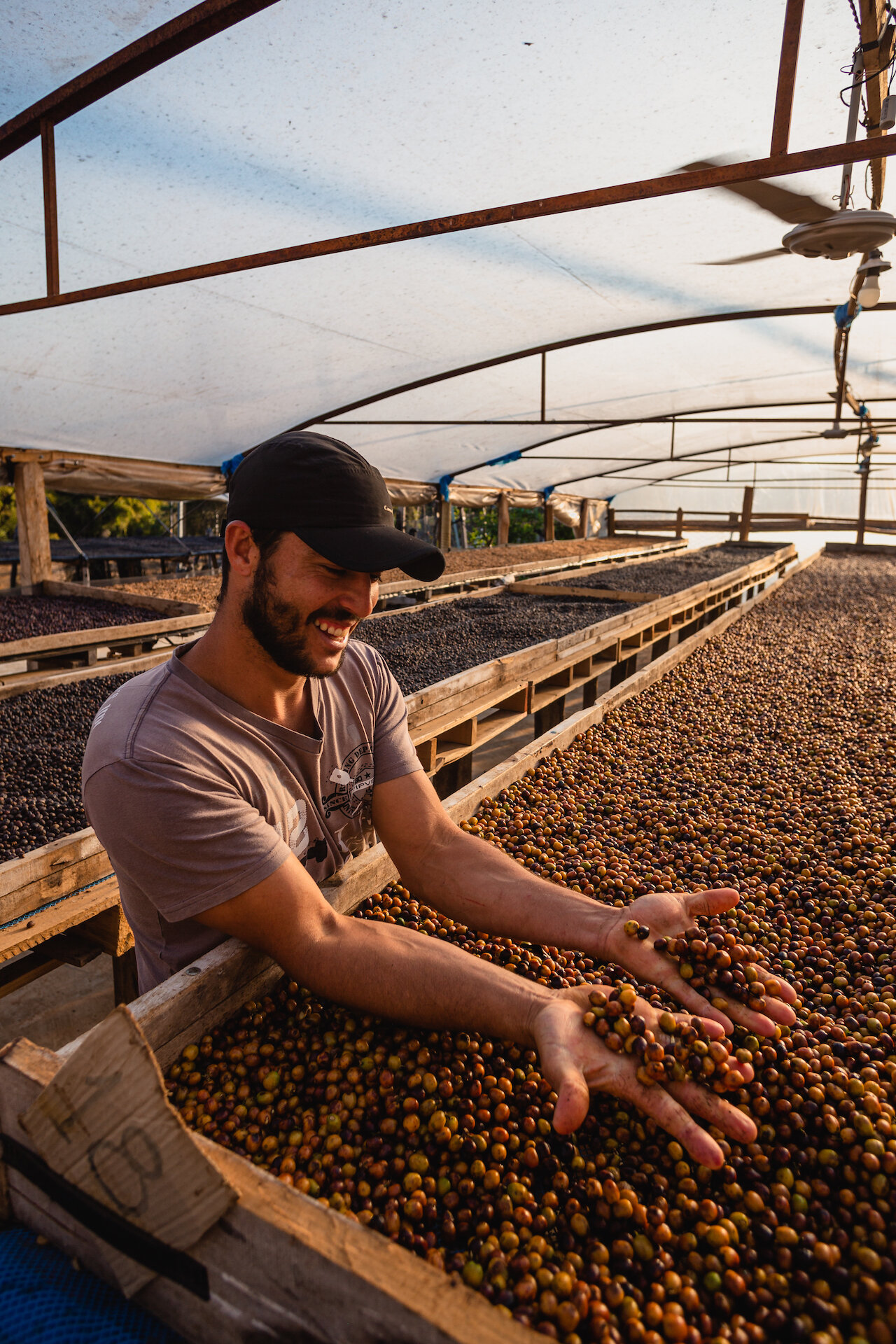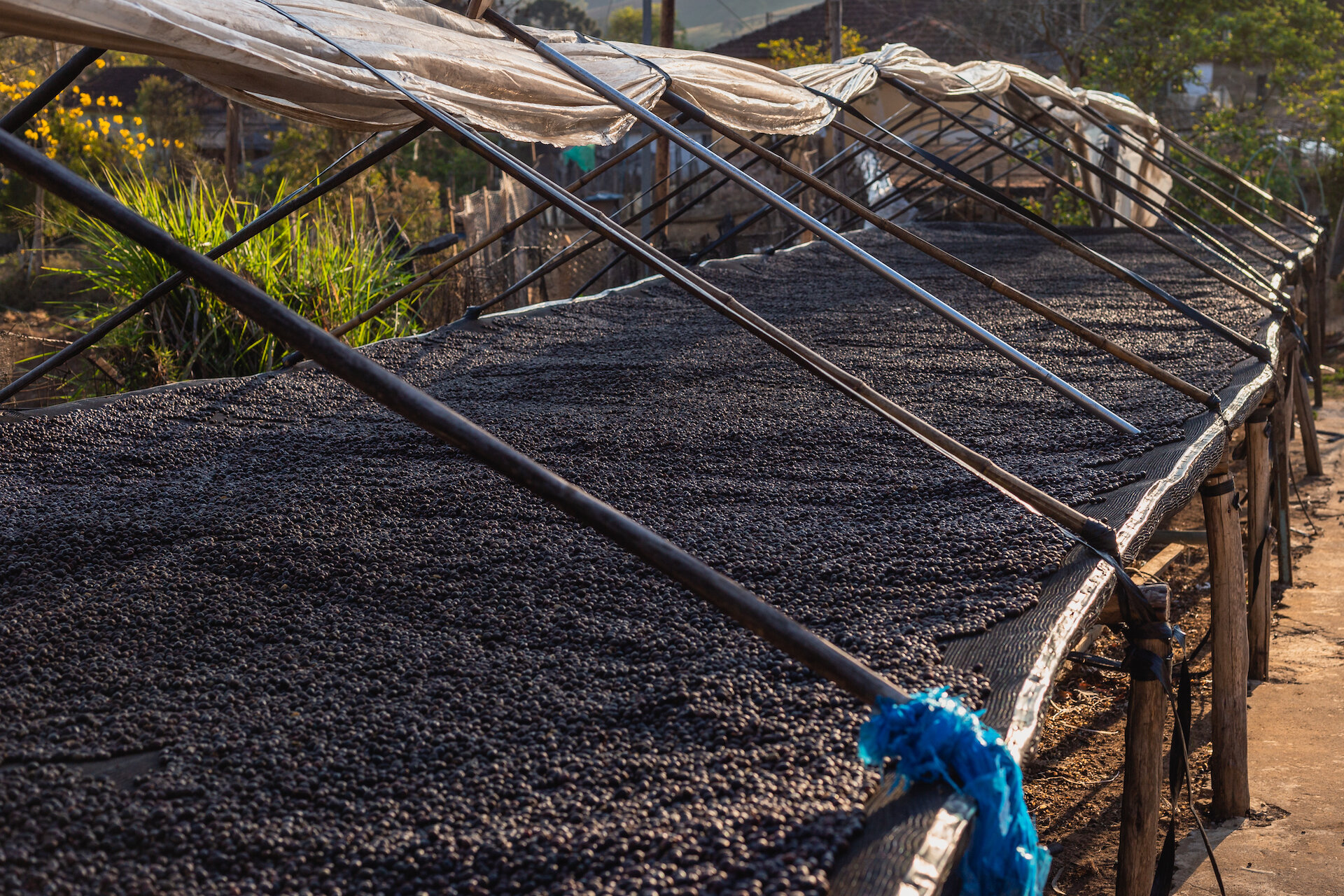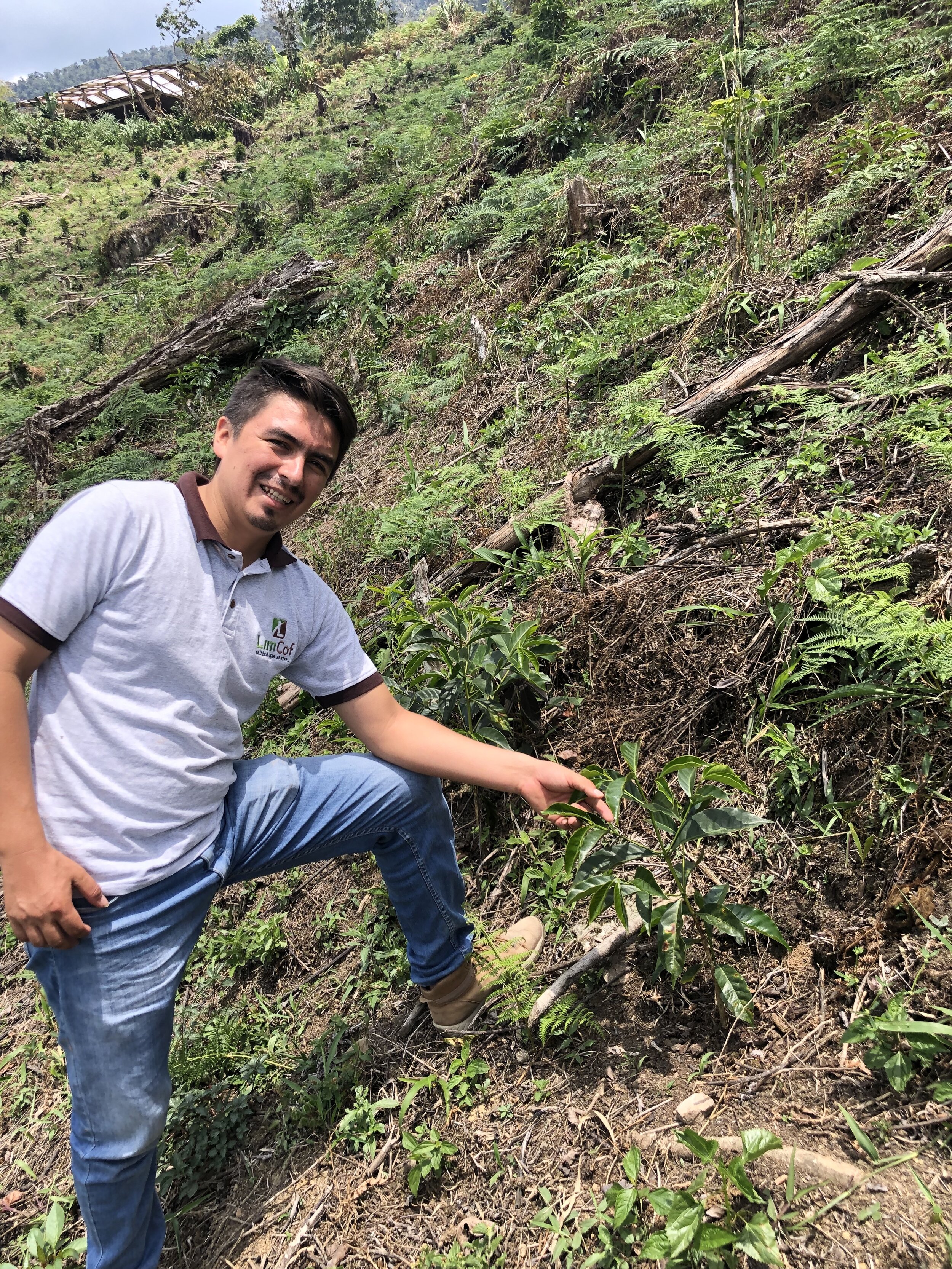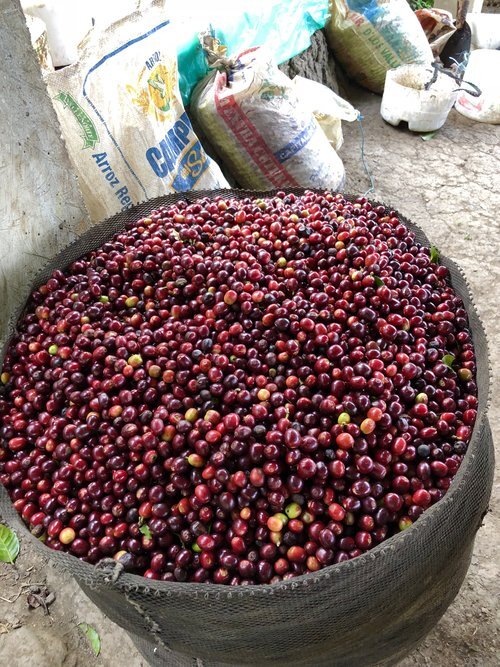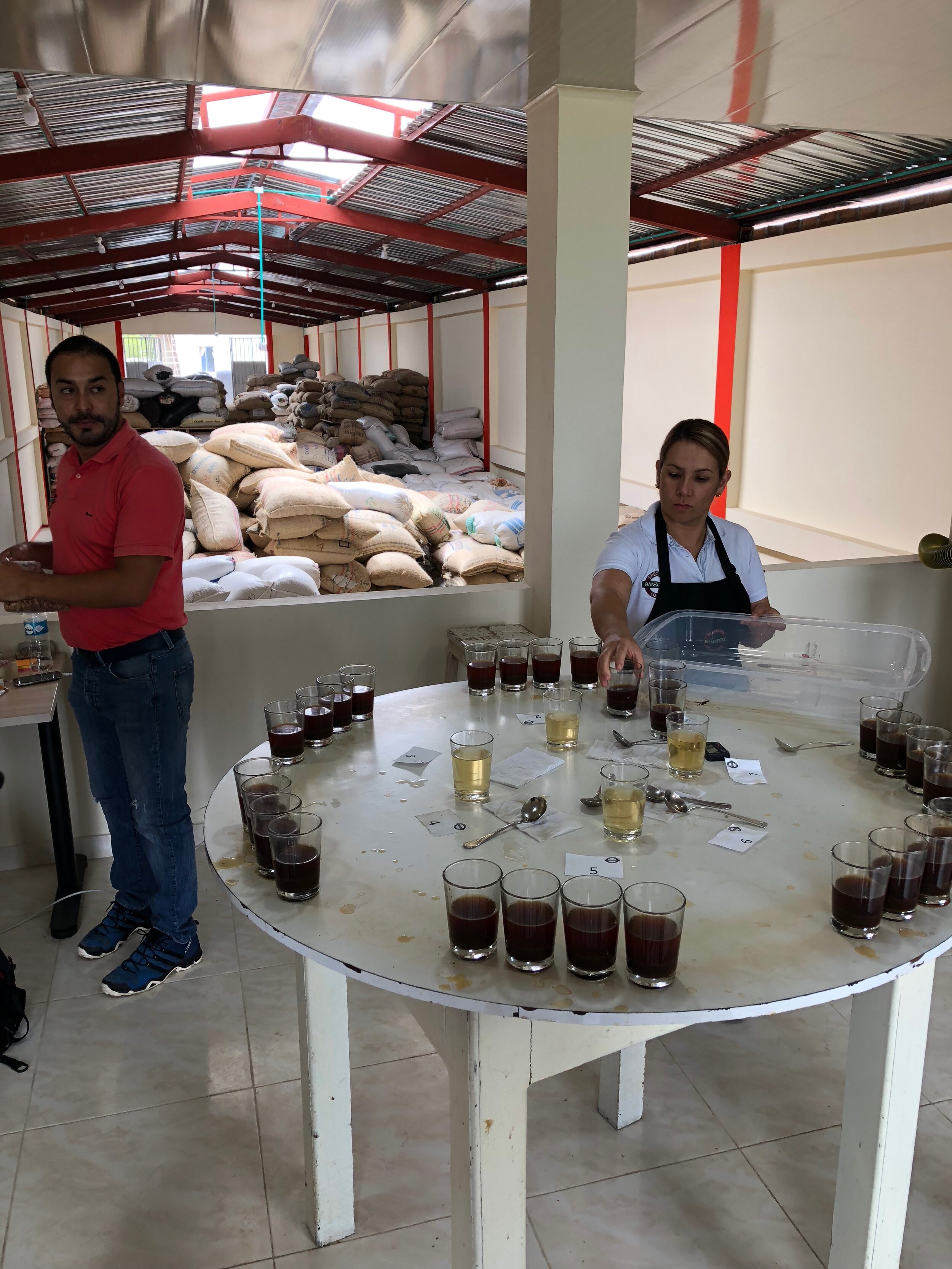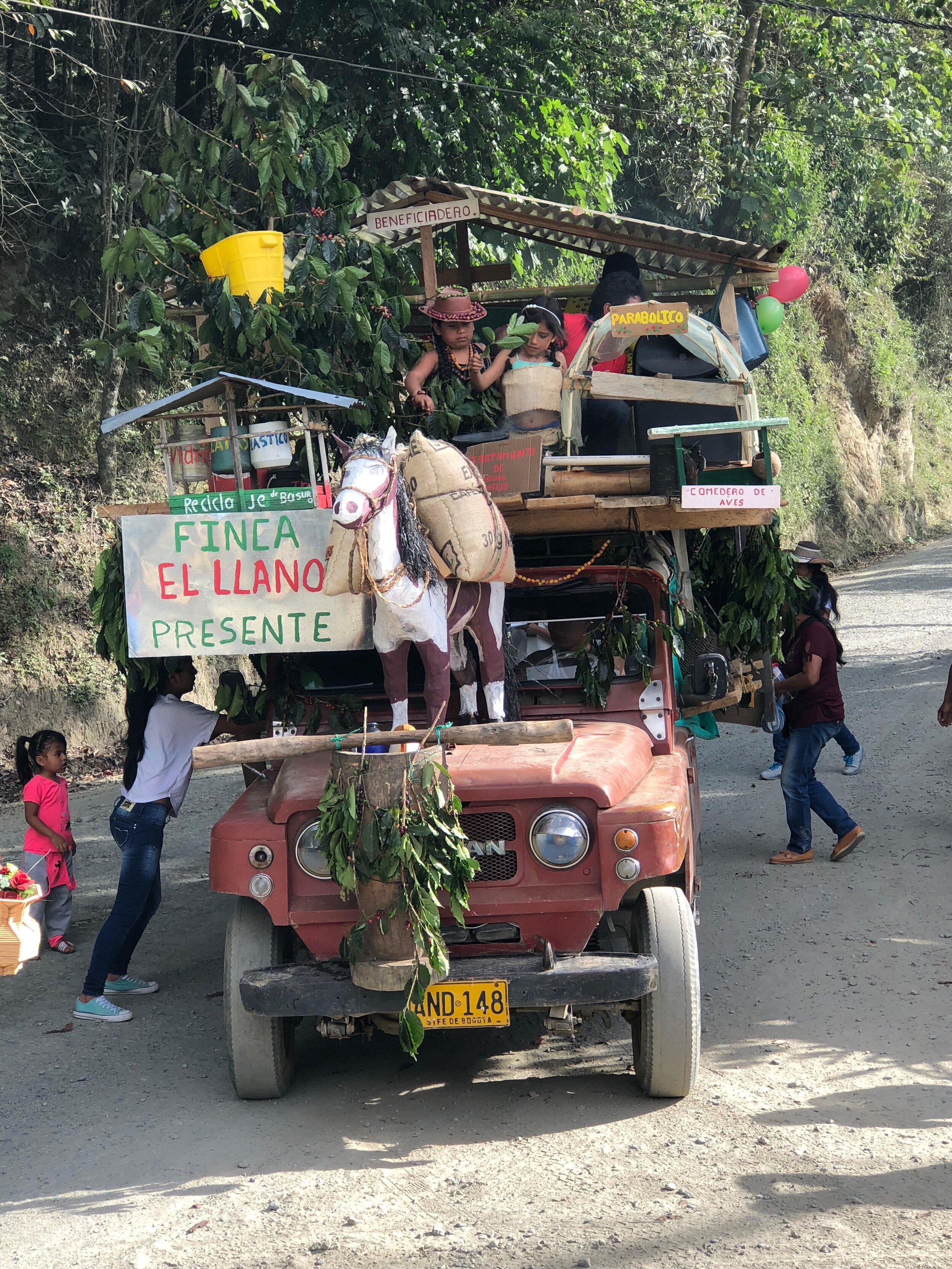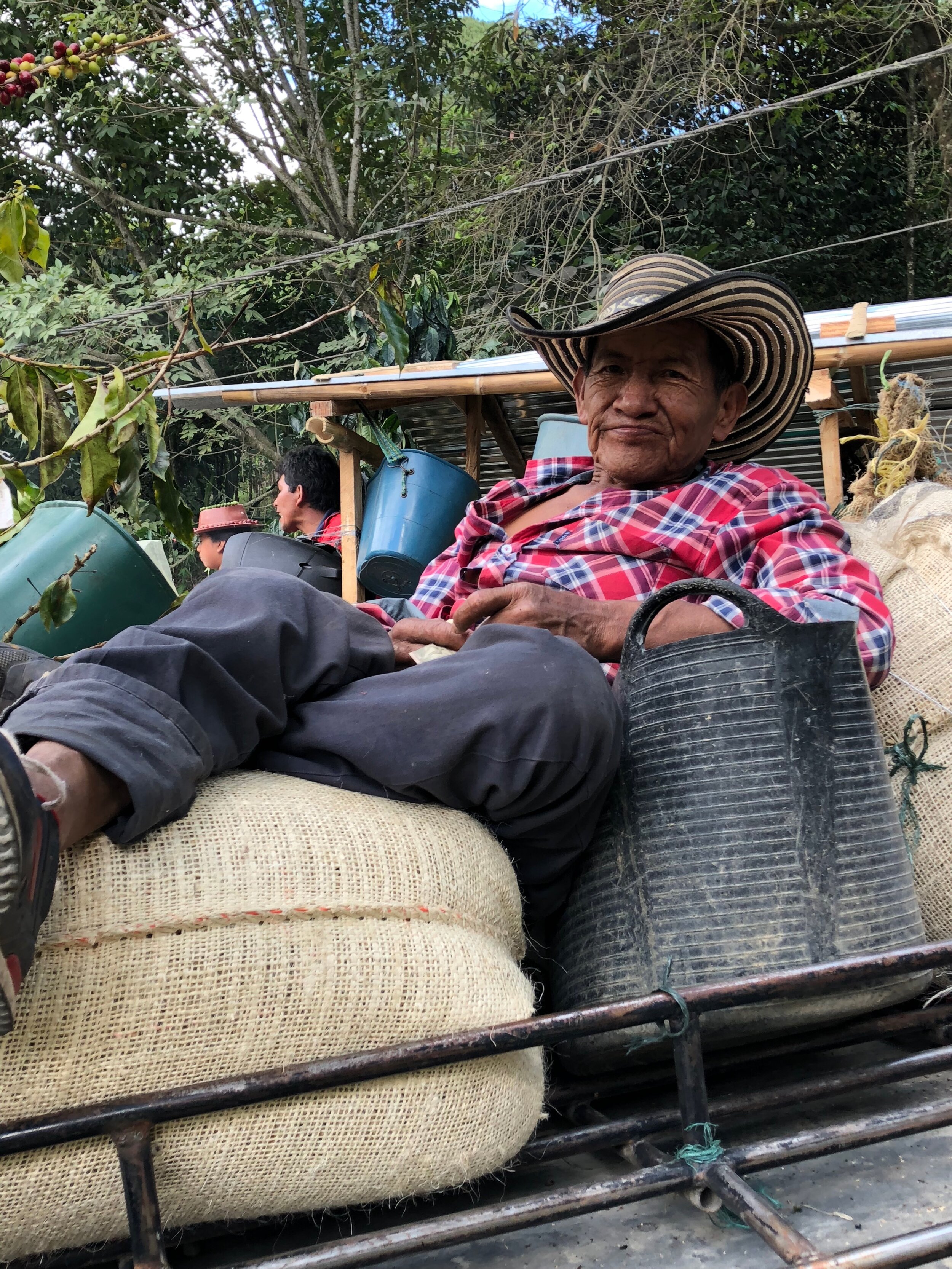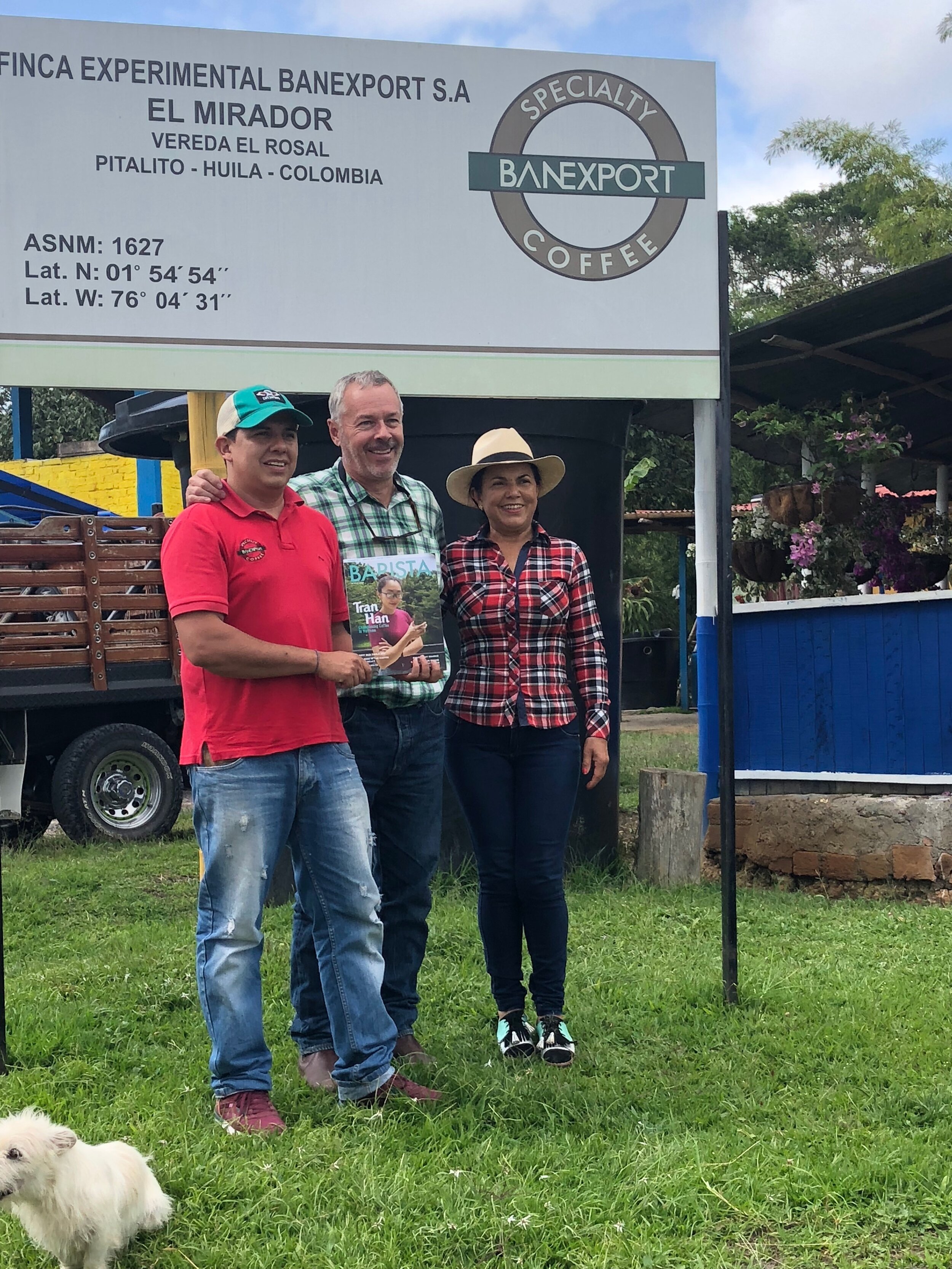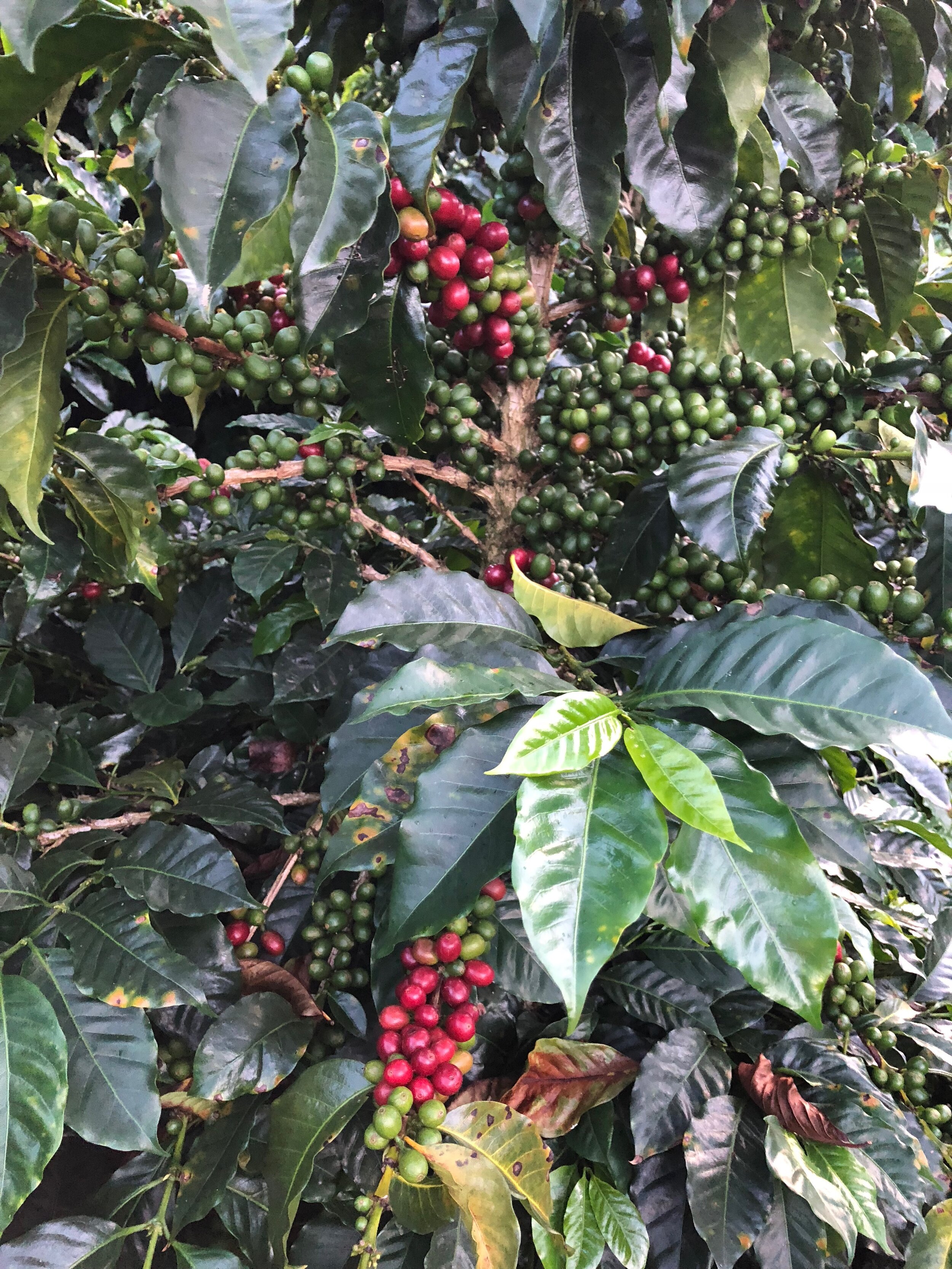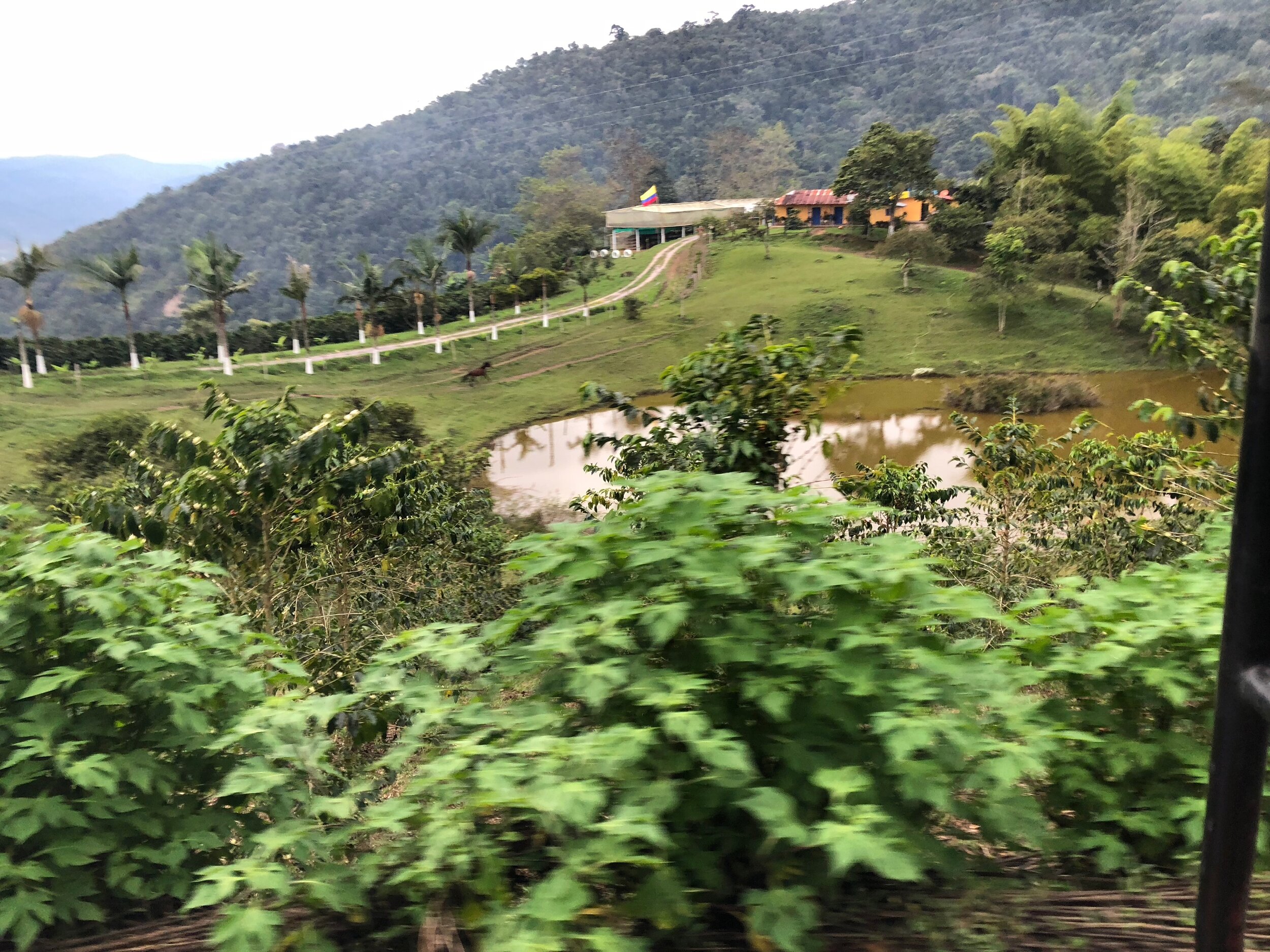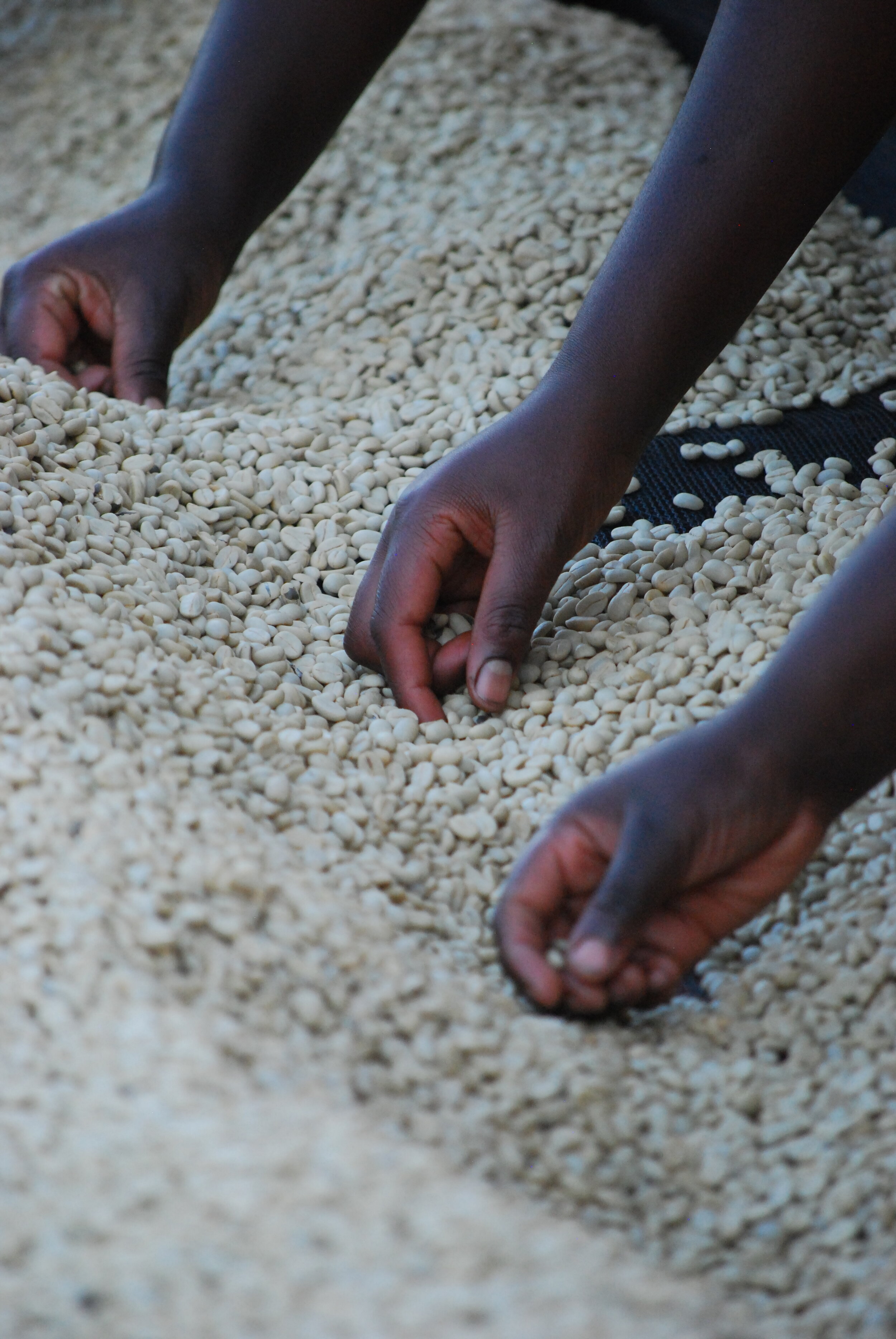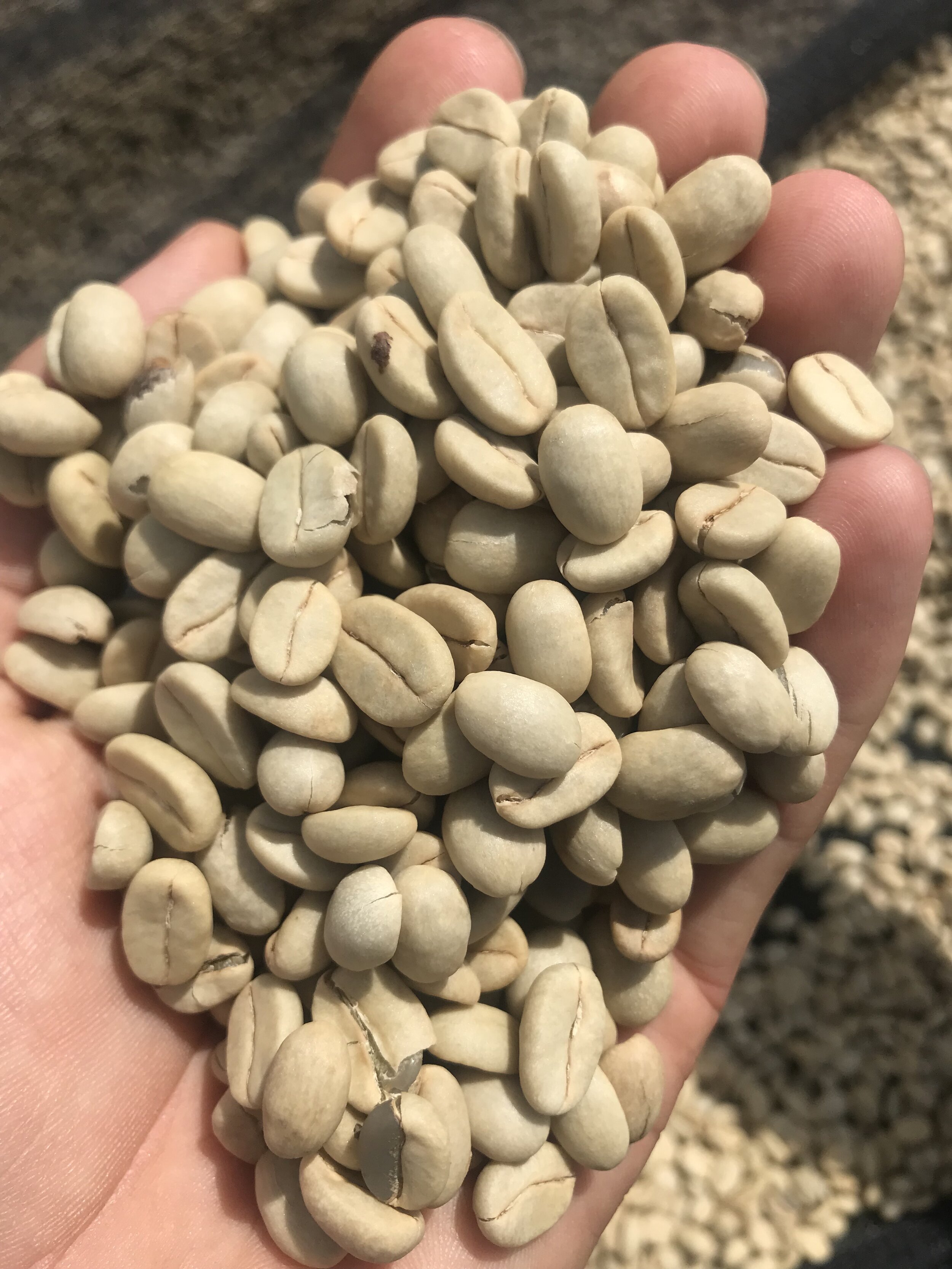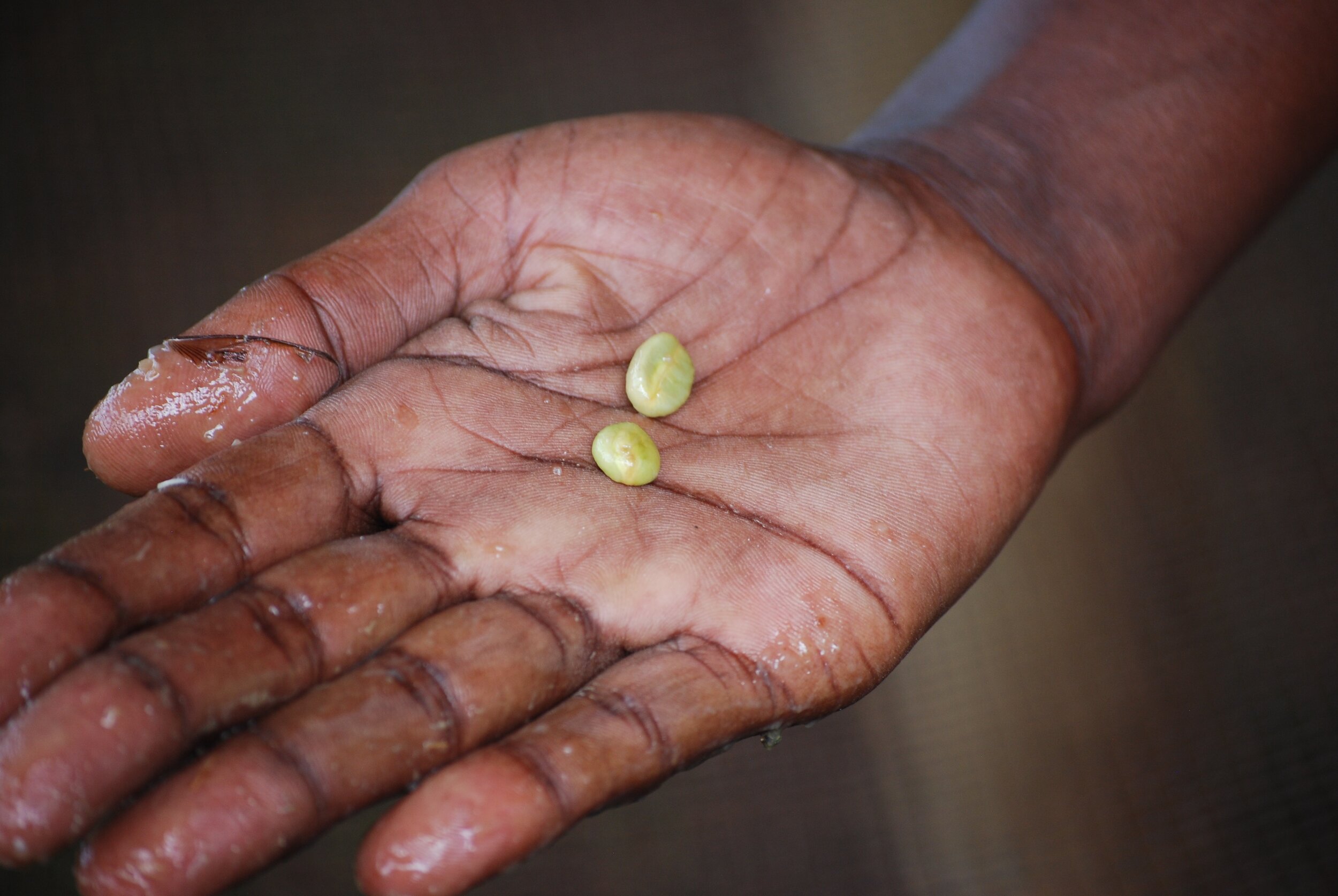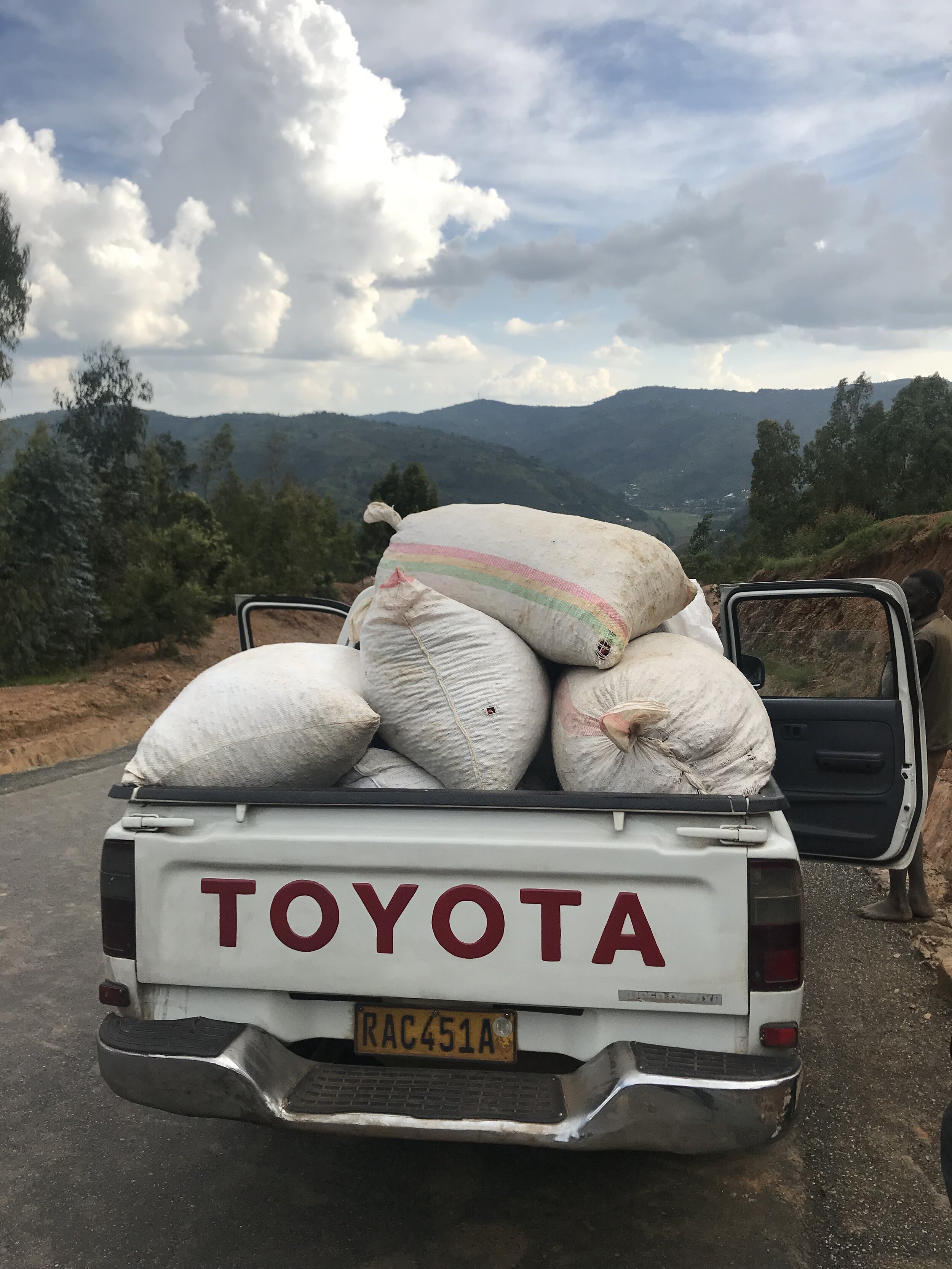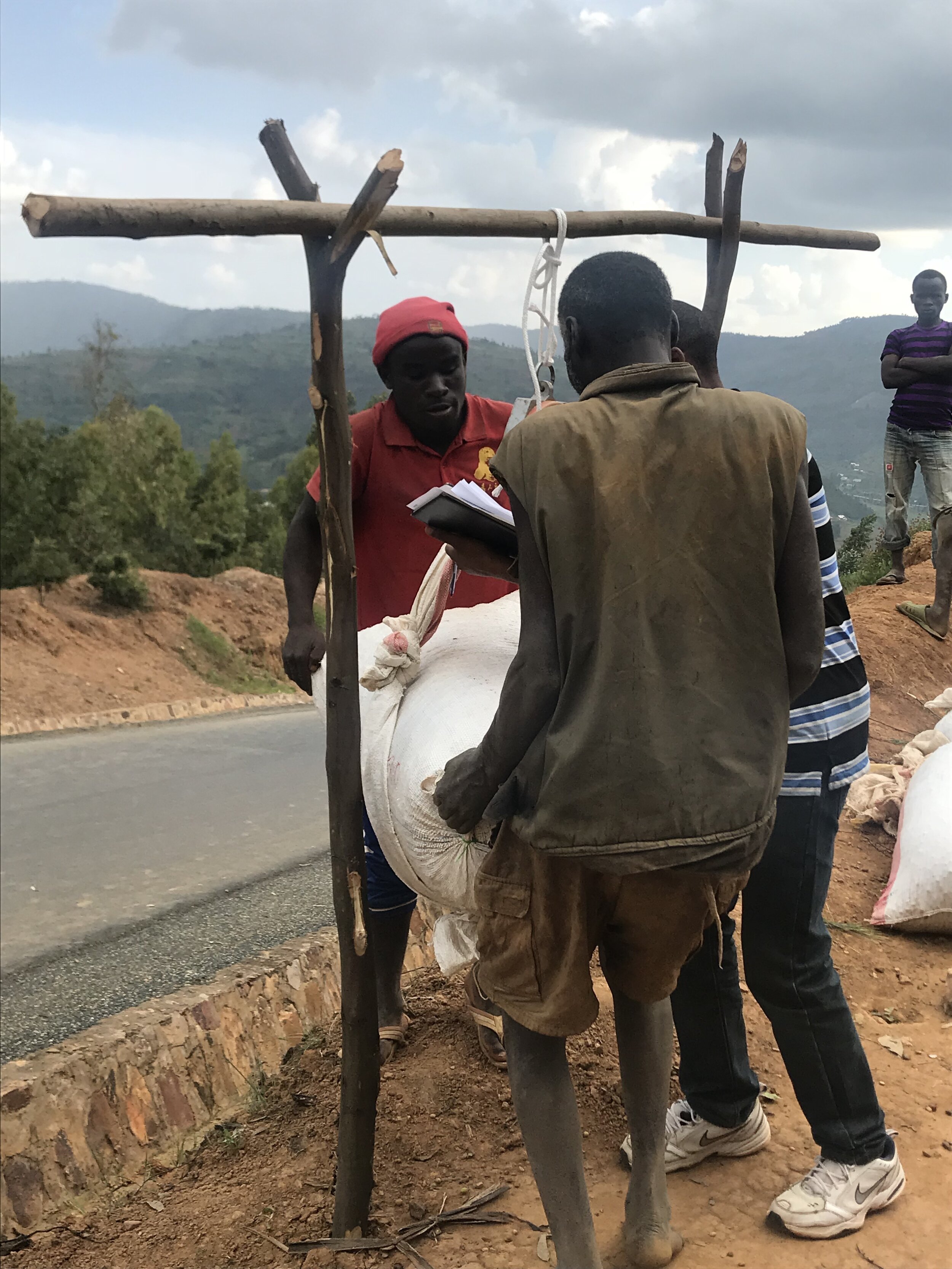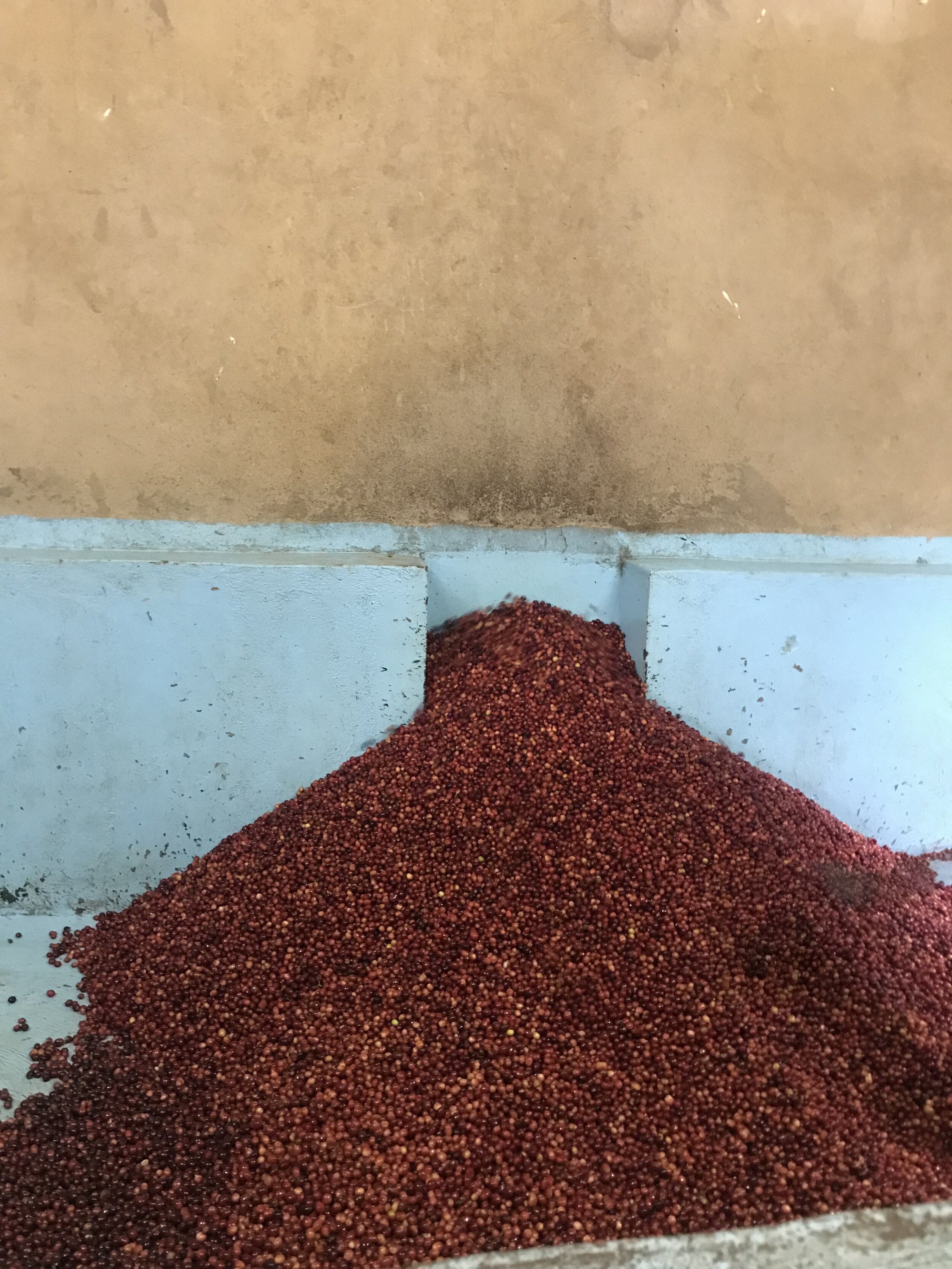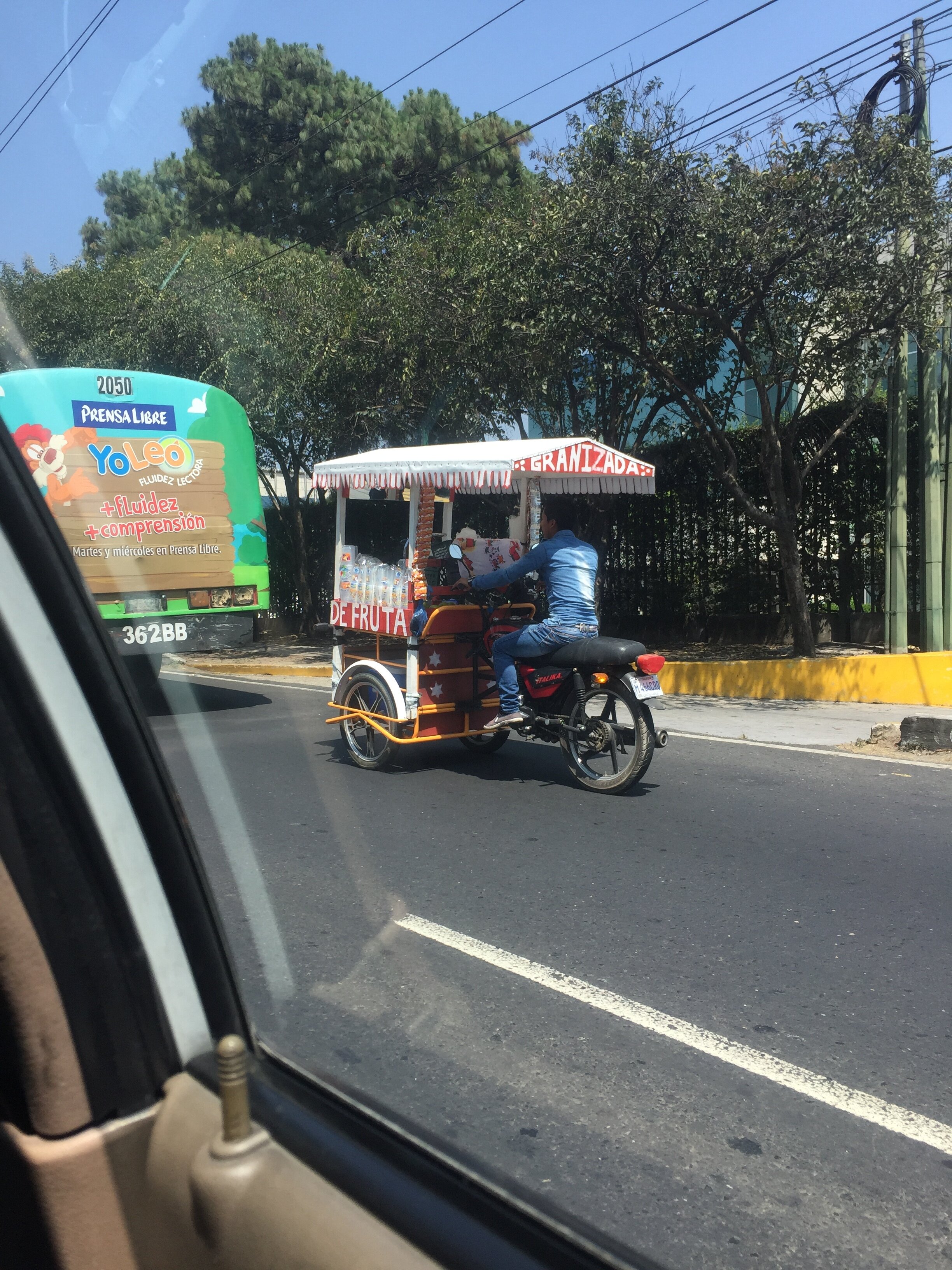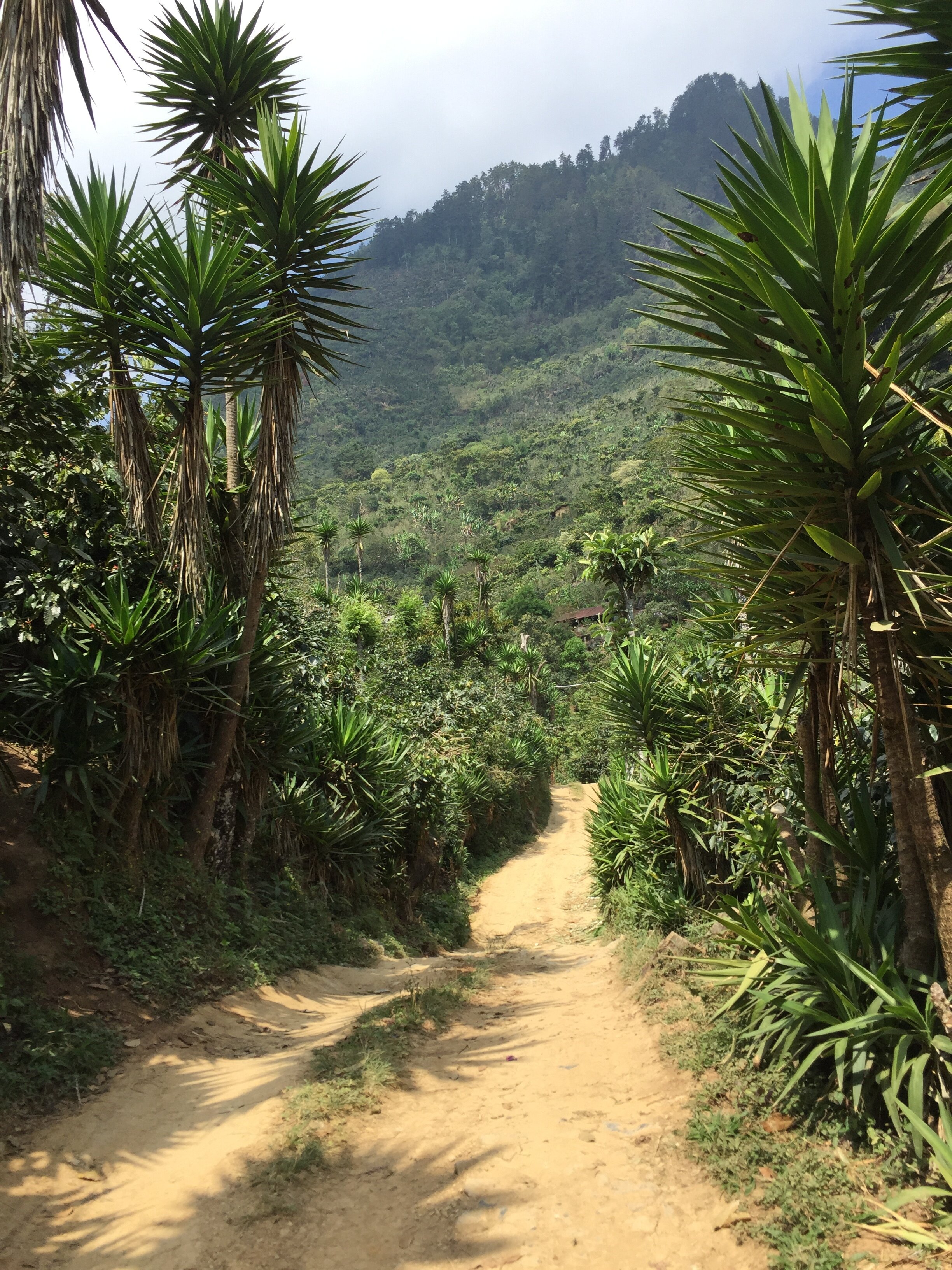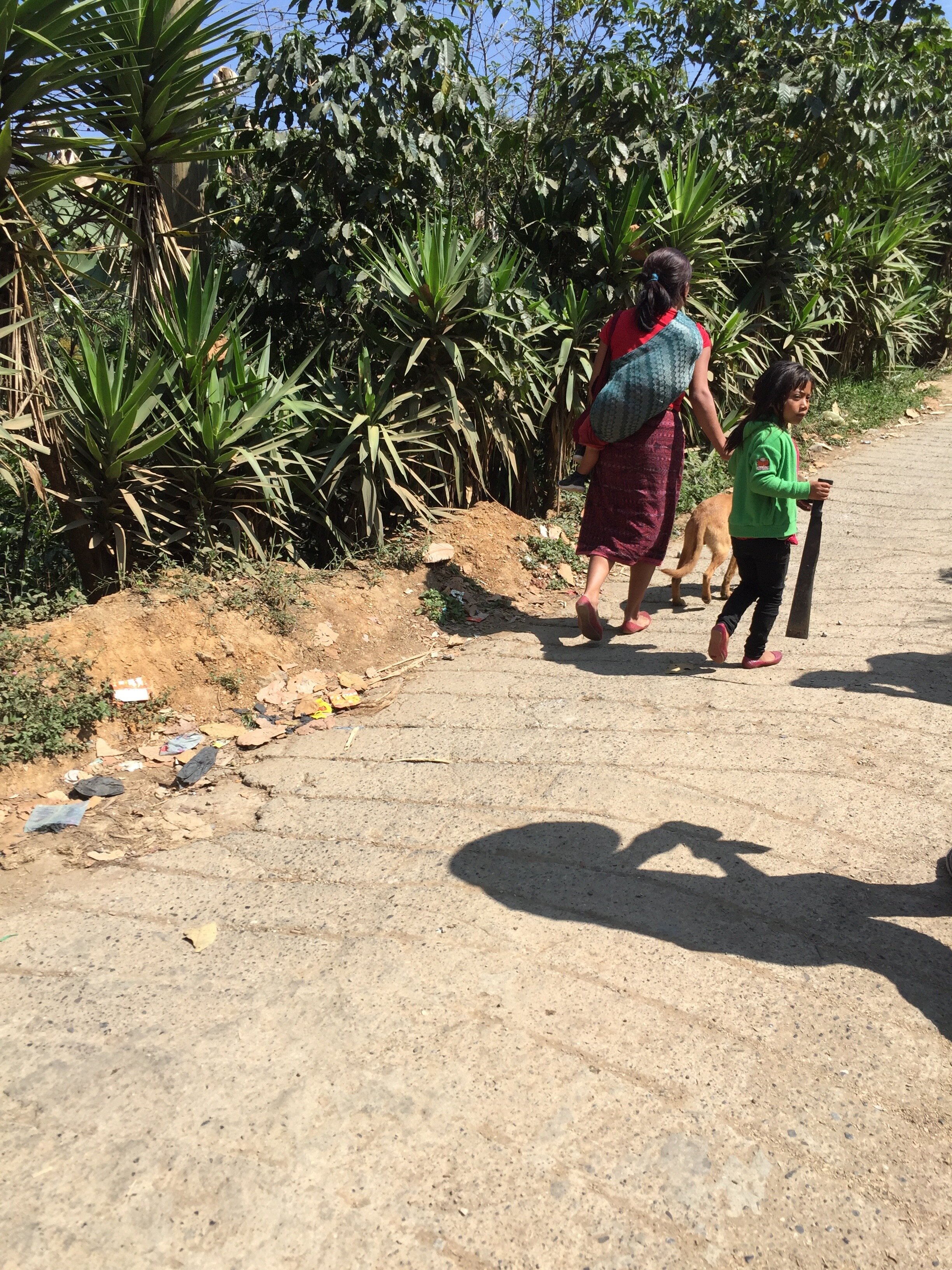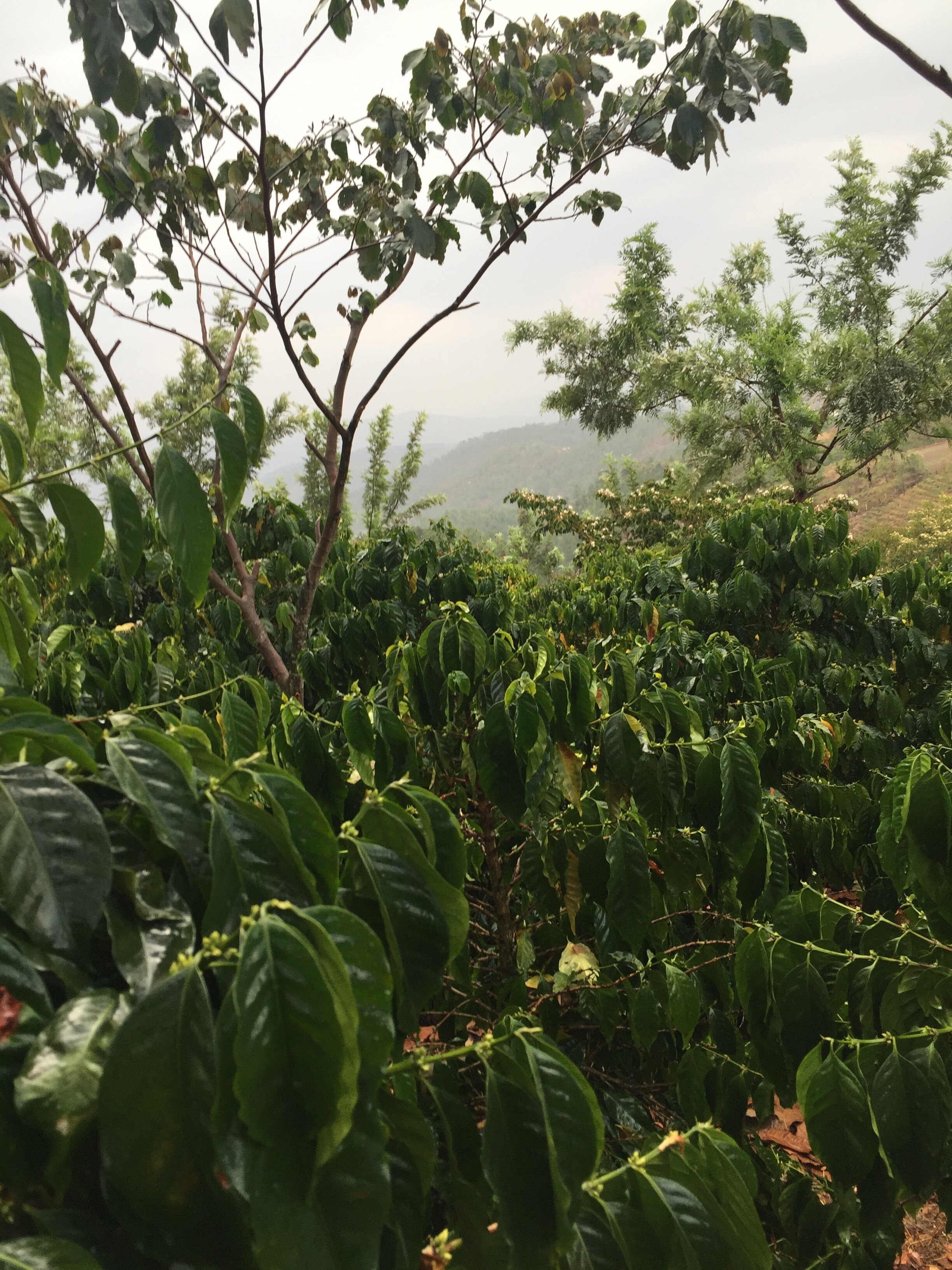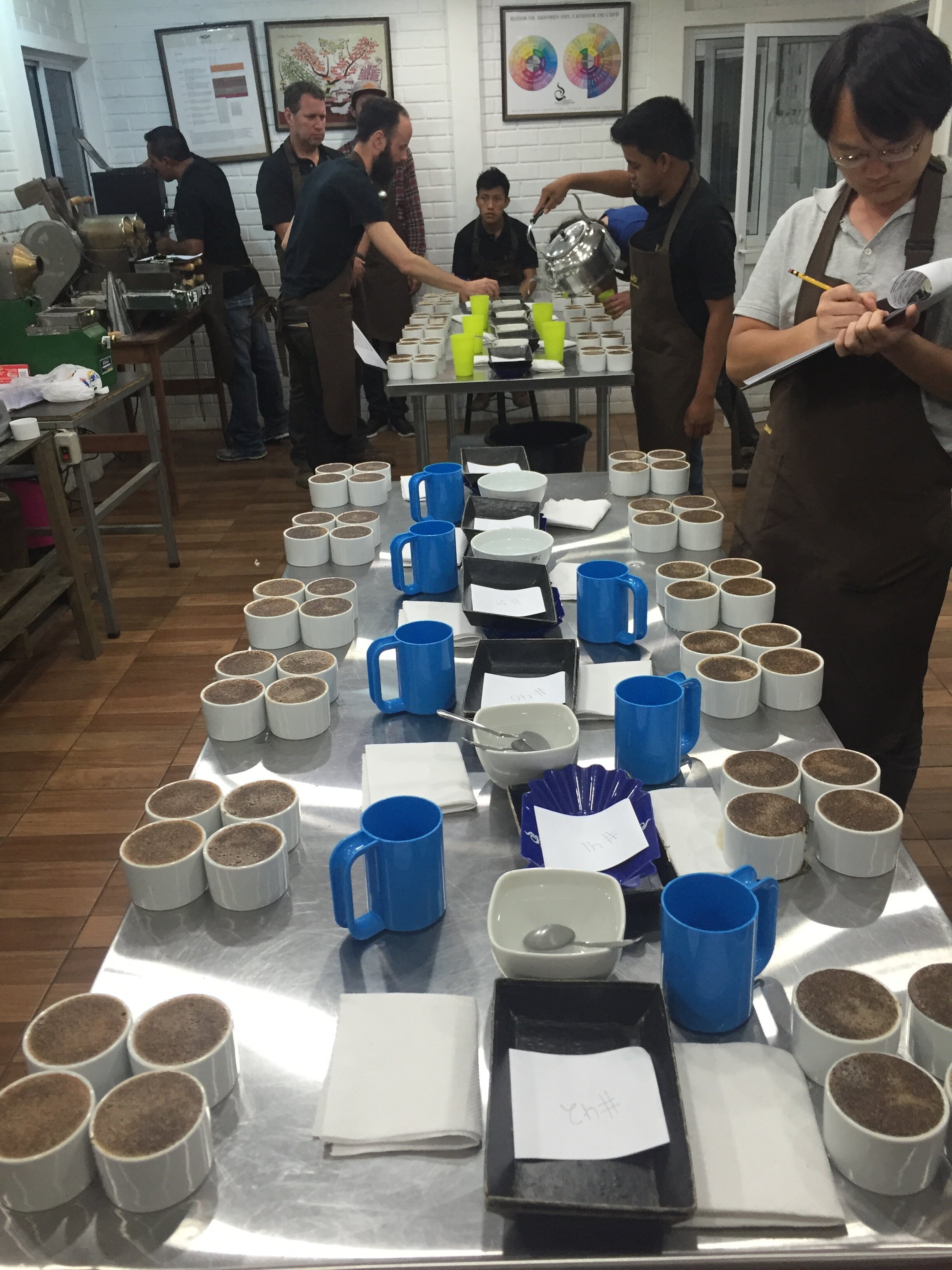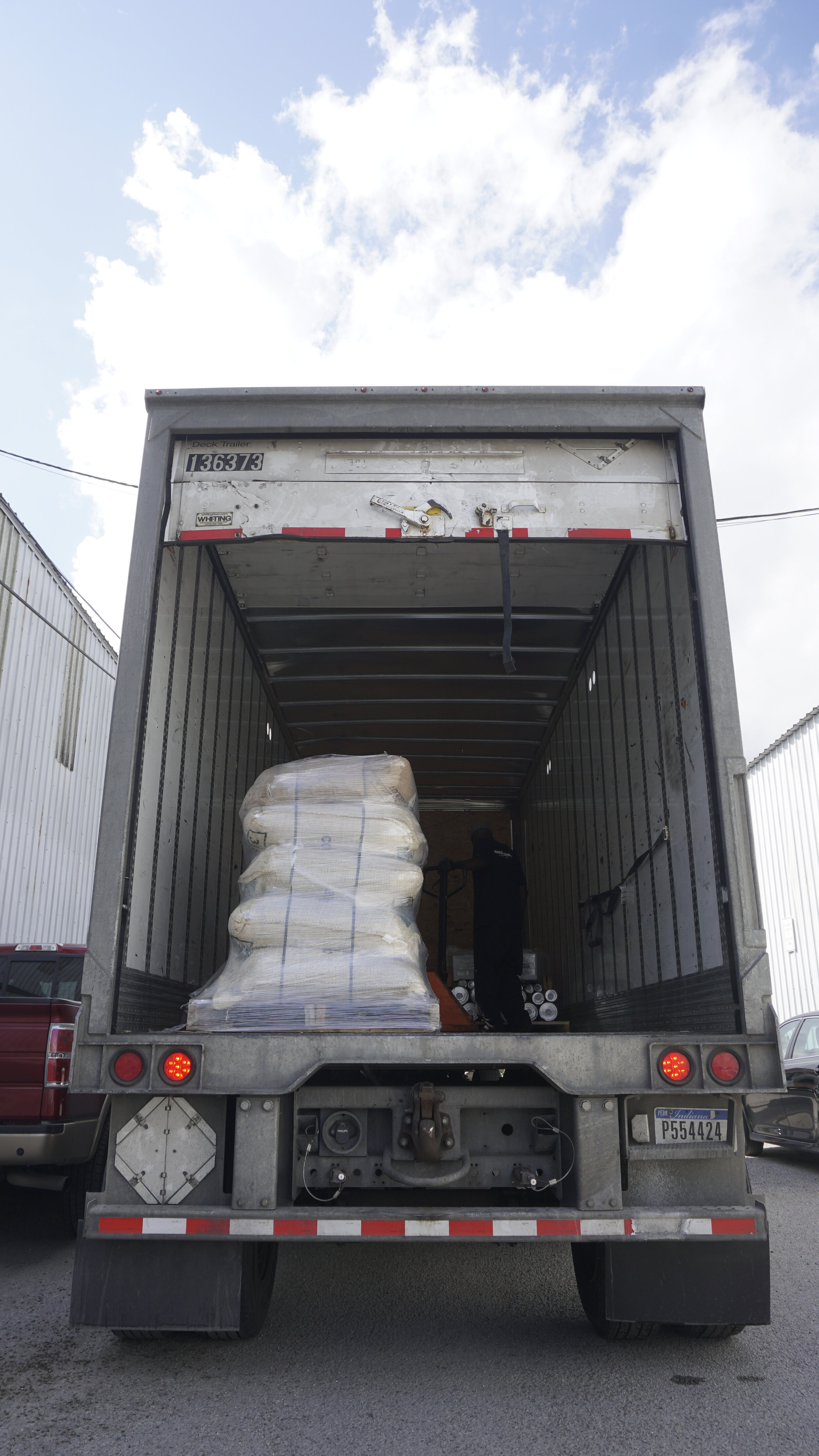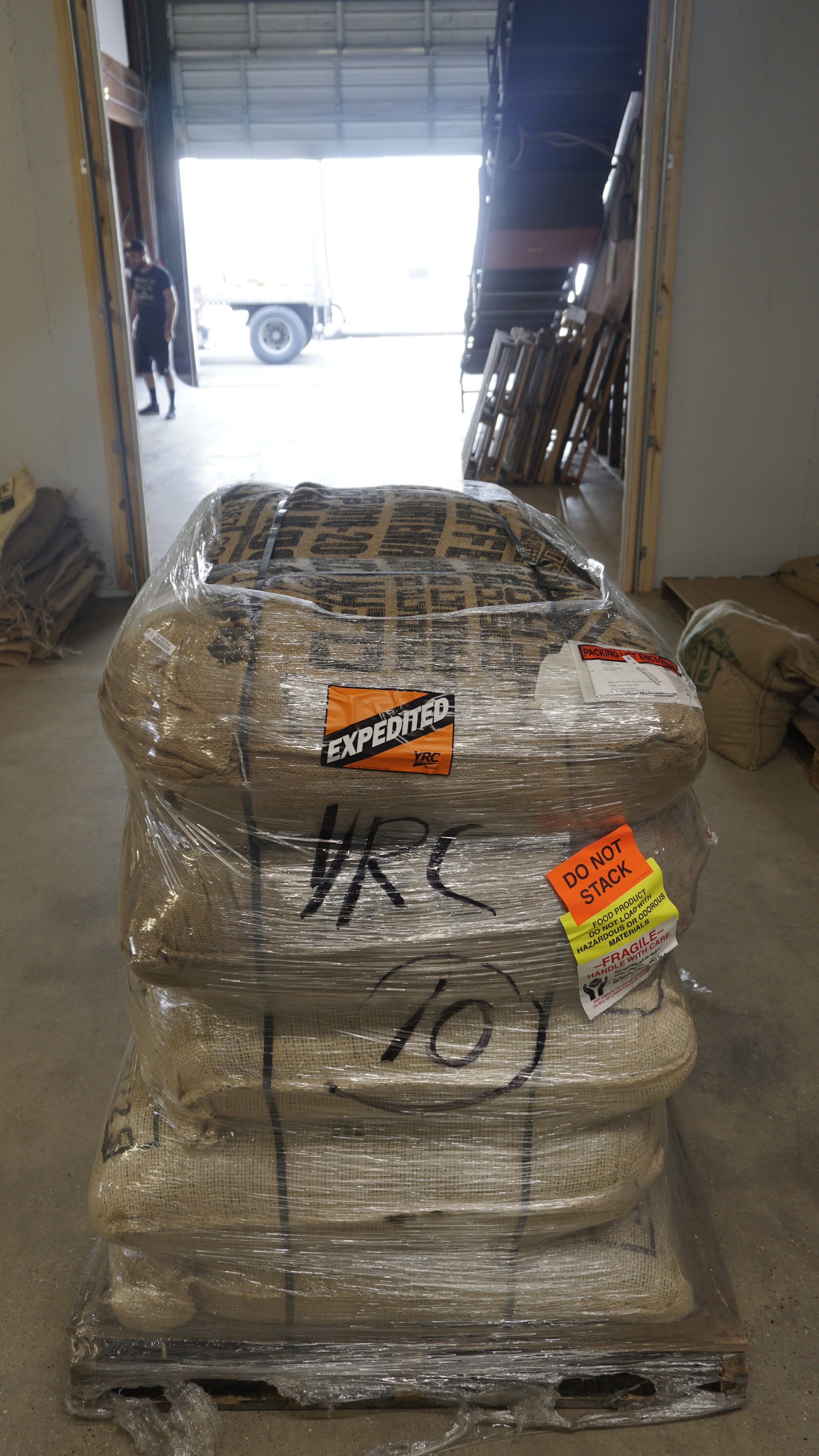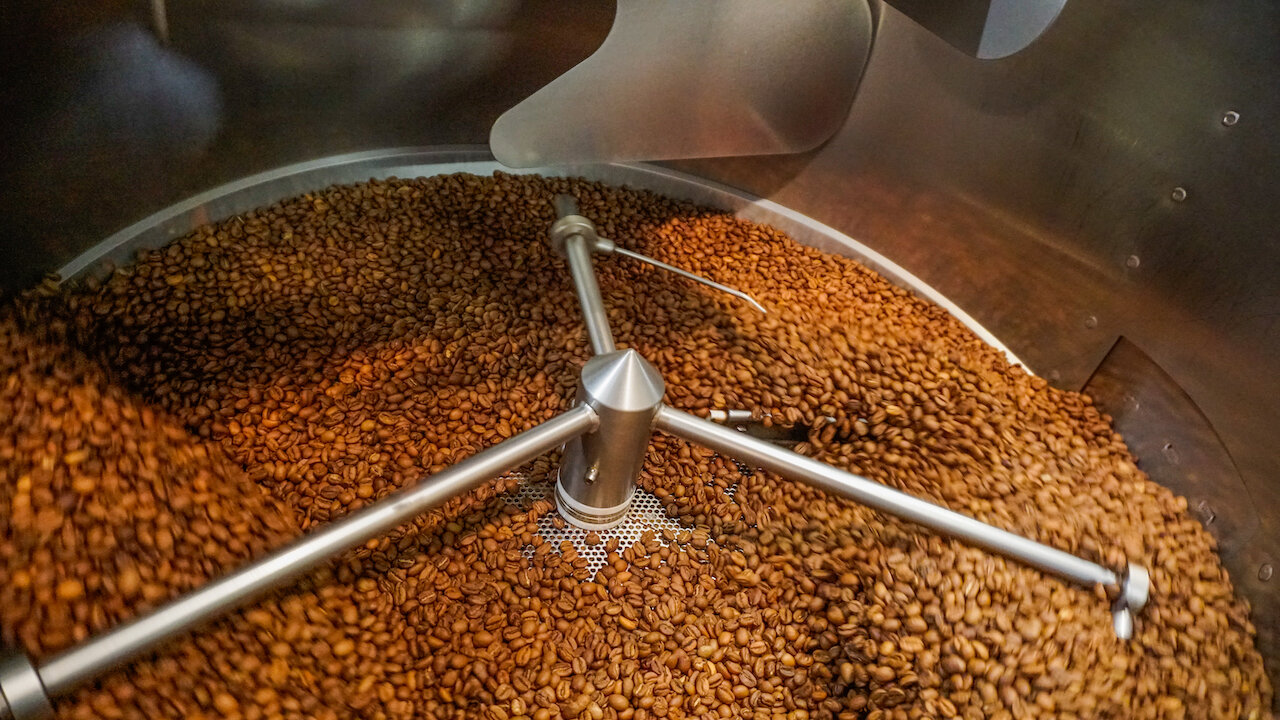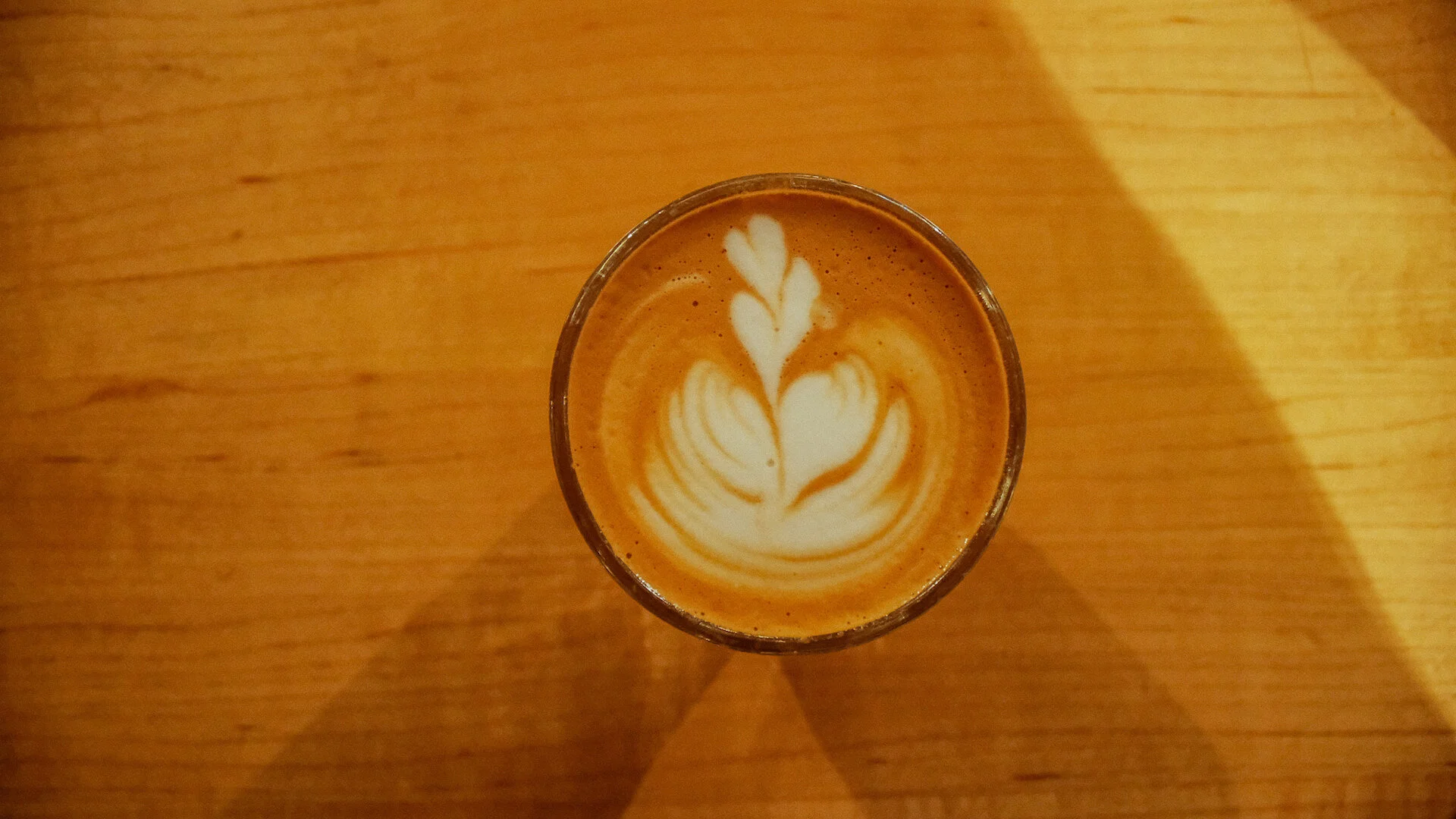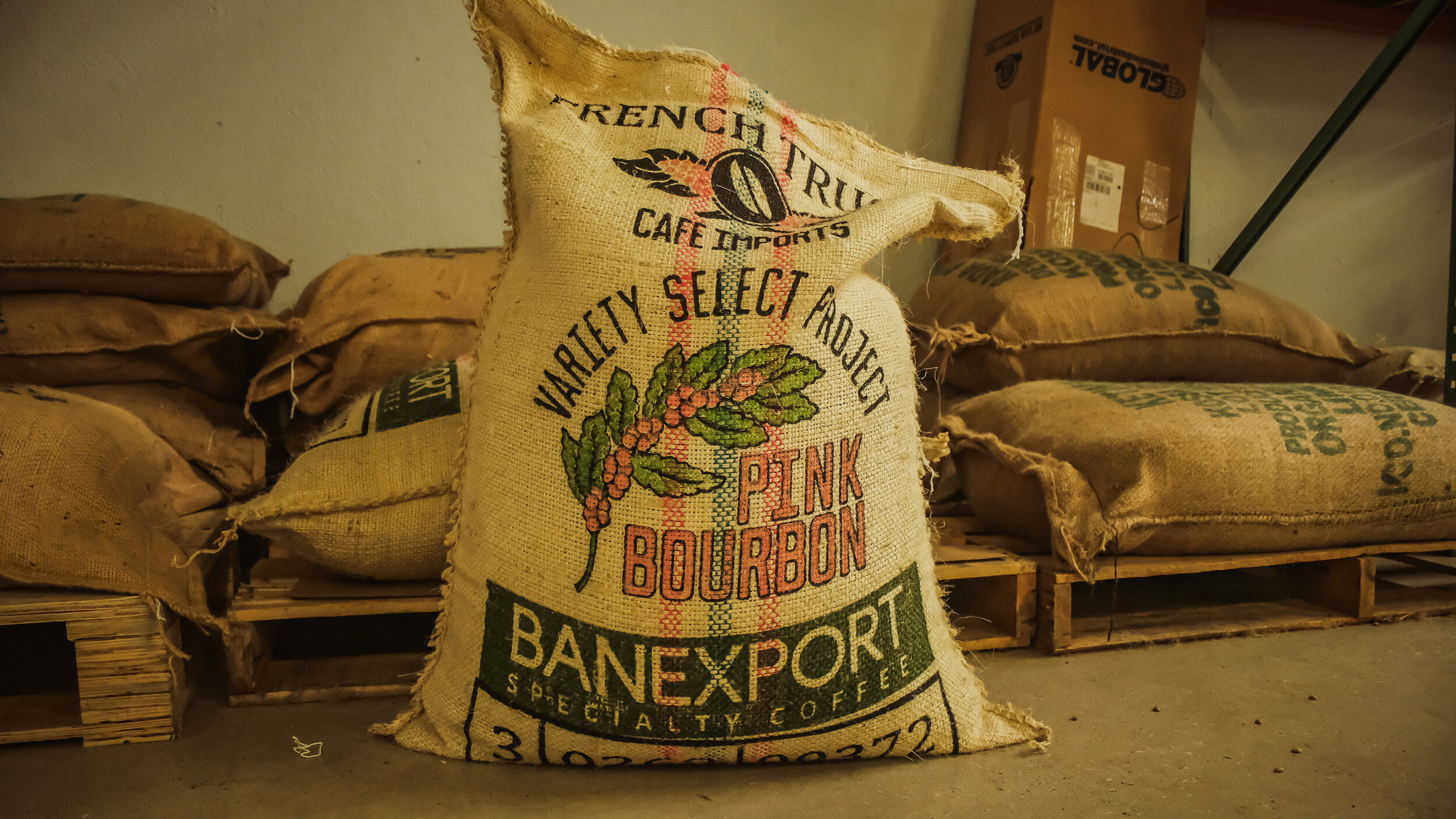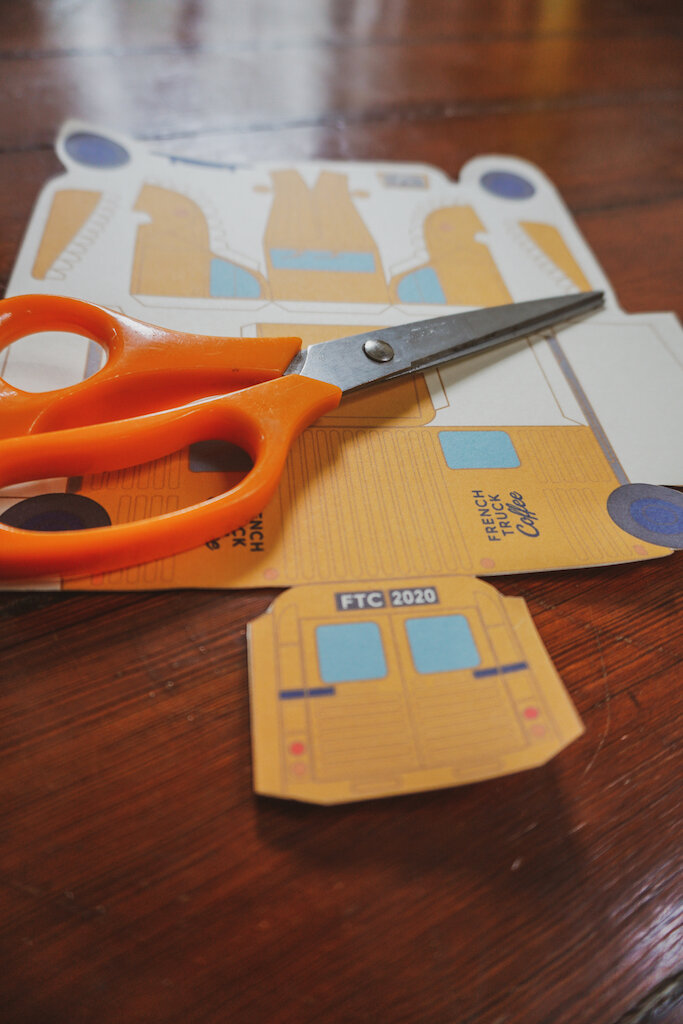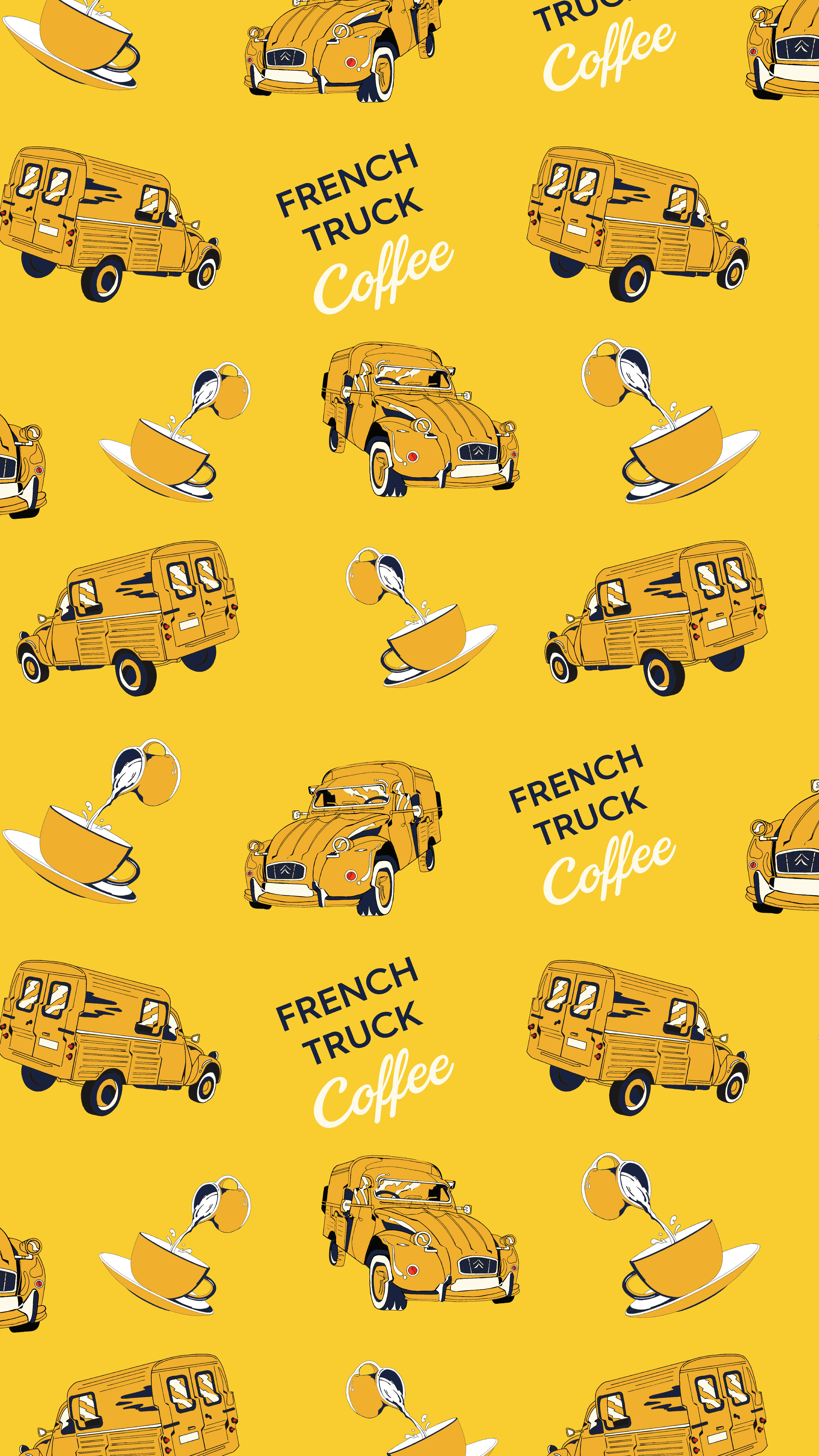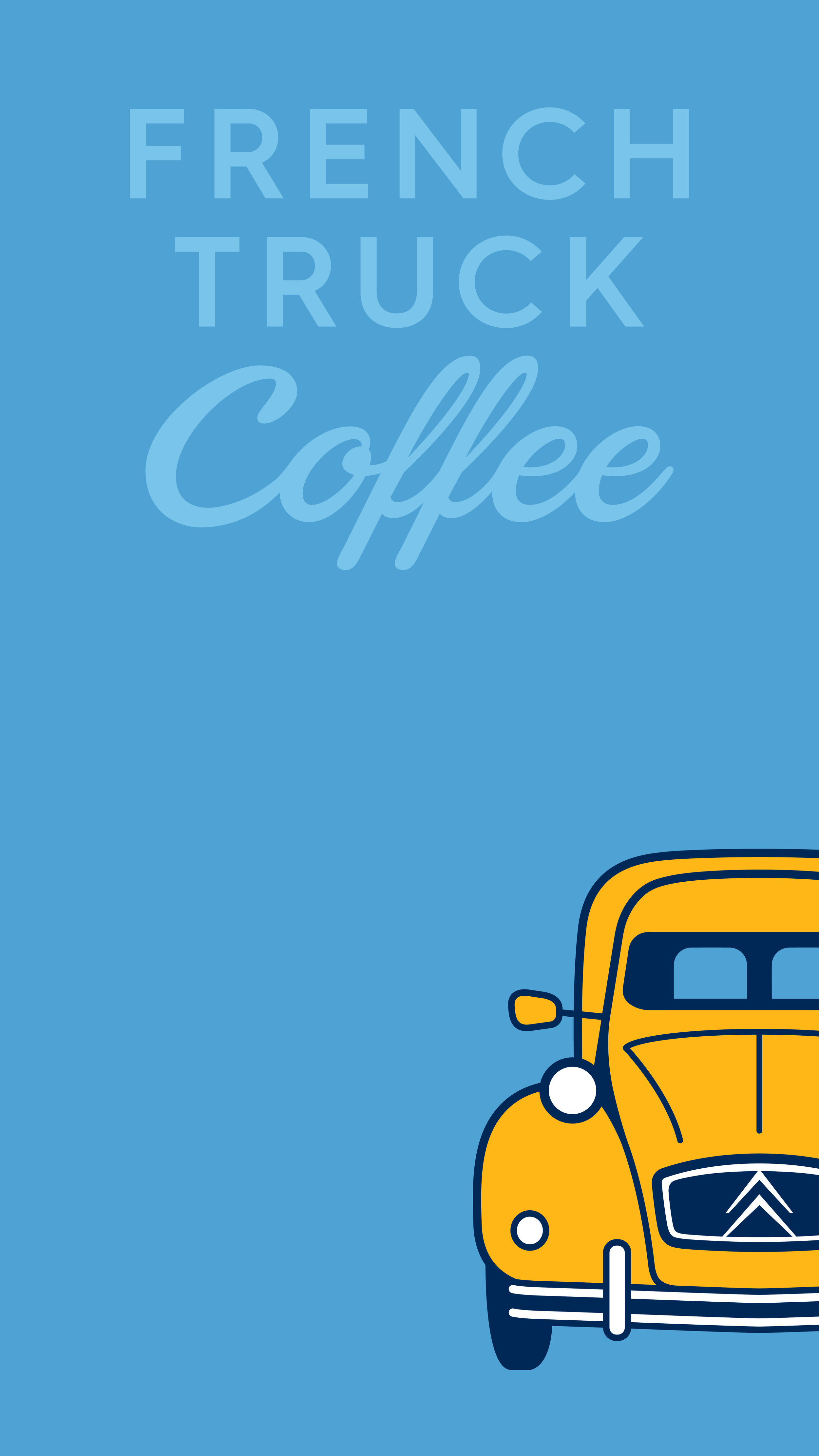This will be our 5th year in a row offering the Kossa Geshe coffee from producer Abdulwahid Shareef, and we are excited to be featuring his coffee again.
Abdulwahid has expanded his farm, by leasing 50 new acres from the government. He currently leases the land that the farm sits on now, and because the farms have had a great impact on the community, the government has given him additional farm land.
So, a refresher about his farm. It is located in Western Ethiopia, more specifically the region of Limu. The farm itself sits adjacent to the protected Kebena forest, which has a rich ecosystem of animals and plants.
All of this leads to healthy coffee plants. His farm is about 80% shade grown, and is completely organic. Many of these shade trees are ancient avocado trees. There is a small spring on the farm that is the water source for the coffee nursery, and drinking water for the staff on the farm. The forest makes for a lively place with birds and monkeys all around. We have visited his farm twice in the past 5 years, and it was always a special treat to share a meal with everyone, and take in the sights of the farm.
In addition to the farm being a special place, Abdulwahid has always been about improvements. In the five years we have been buying coffee from him, he has built two small classrooms for kids to go to school while their parents work on the farm. The first school is still operating as a day care for the children of the year- round workers. The second one came about because many of the seasonal workers who would previously travel to the farm couldn’t make the commute because of the protests and the heightened security in the region. So Abdulwahid funded and built an additional school in a nearby town. Worker housing has improved dramatically since Geoffrey and I were first there in 2017. There is electricity, proper out-houses, and new floors. Abdulwahid is a man of action and it has been a pleasure to see all these changes at the farm.
While we offer Kossa Geshe all year round, it is still exciting to receive the fresh crop. This allows us to tune in to what's new on the farm while making sure this year's coffee still tastes great.
